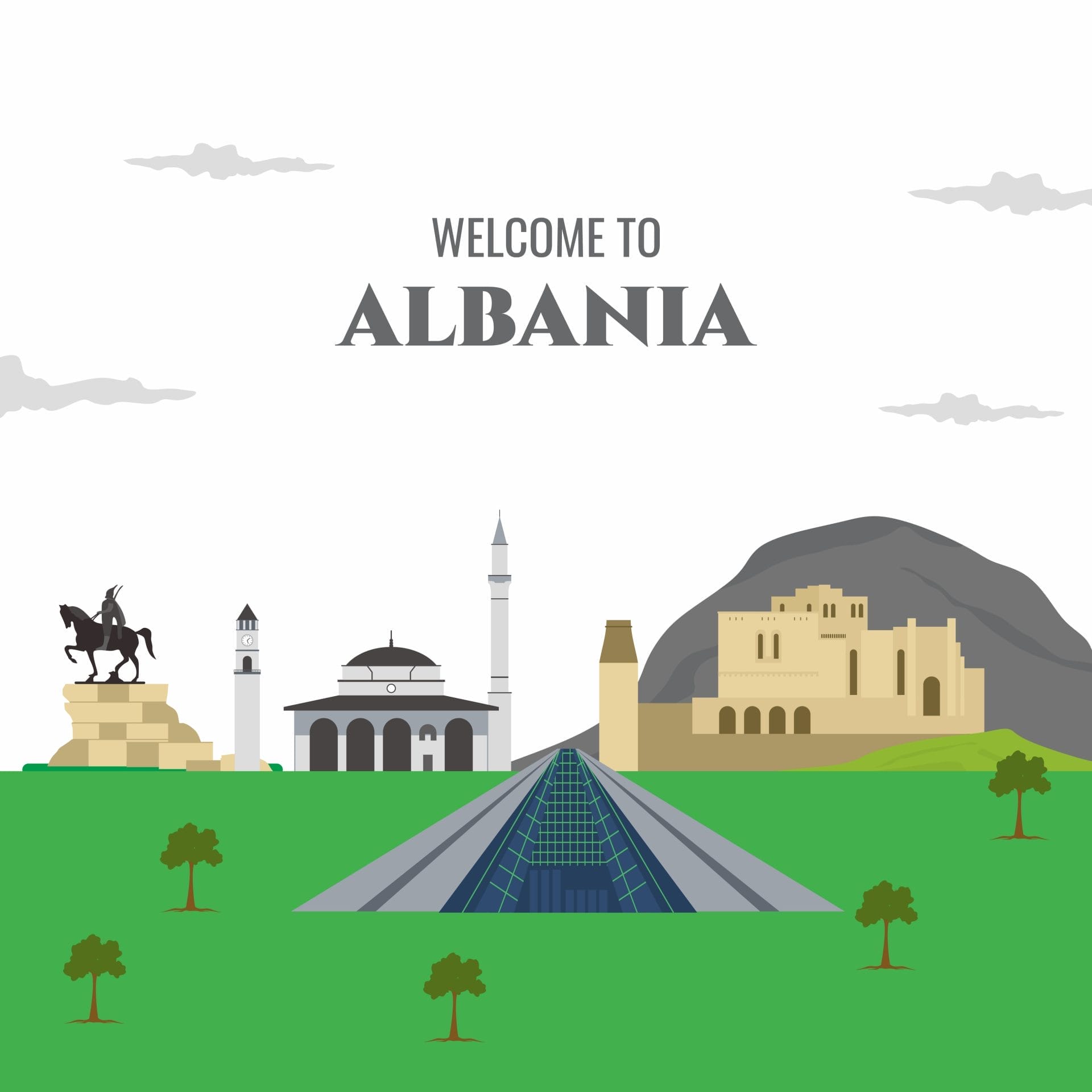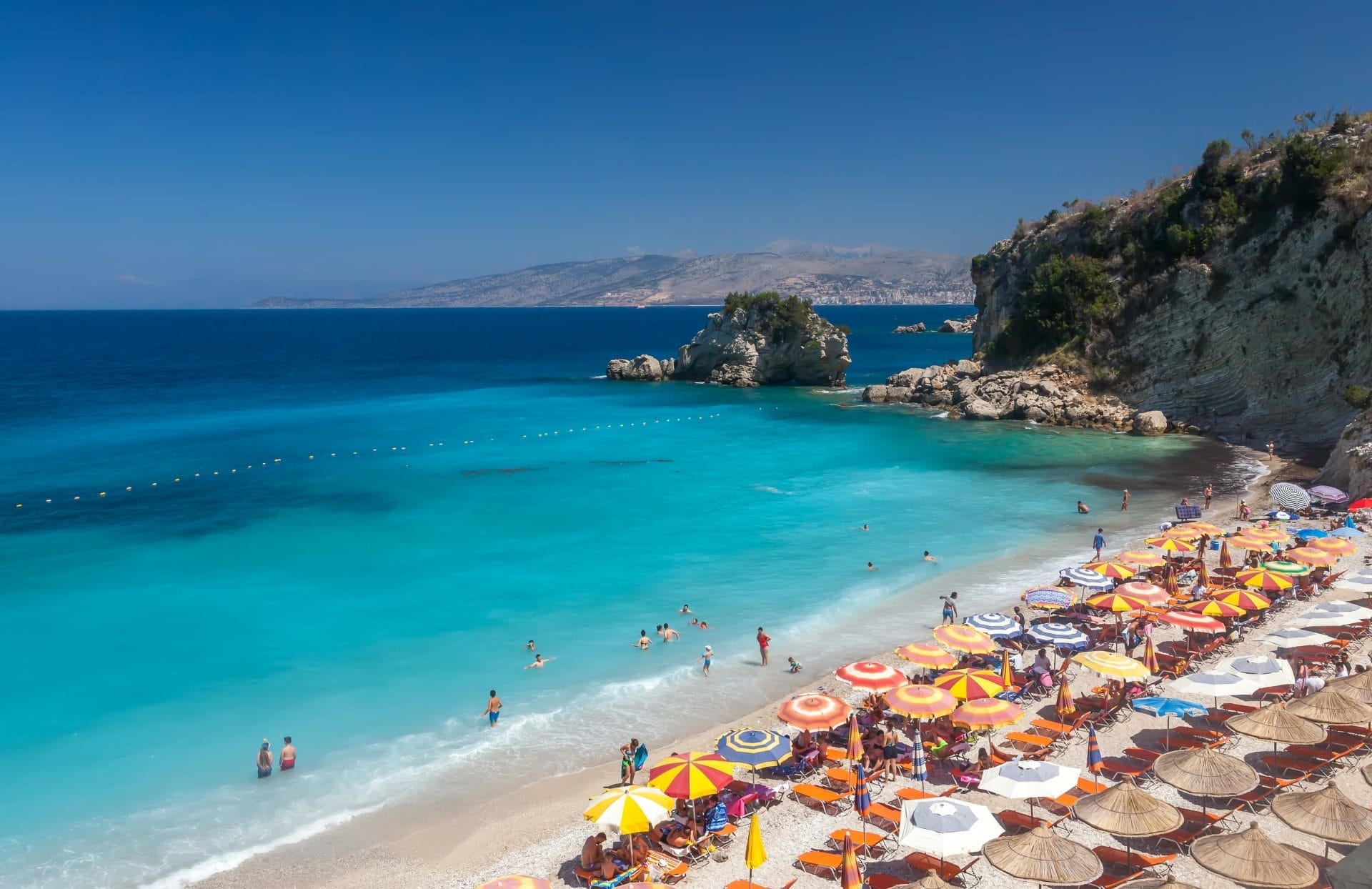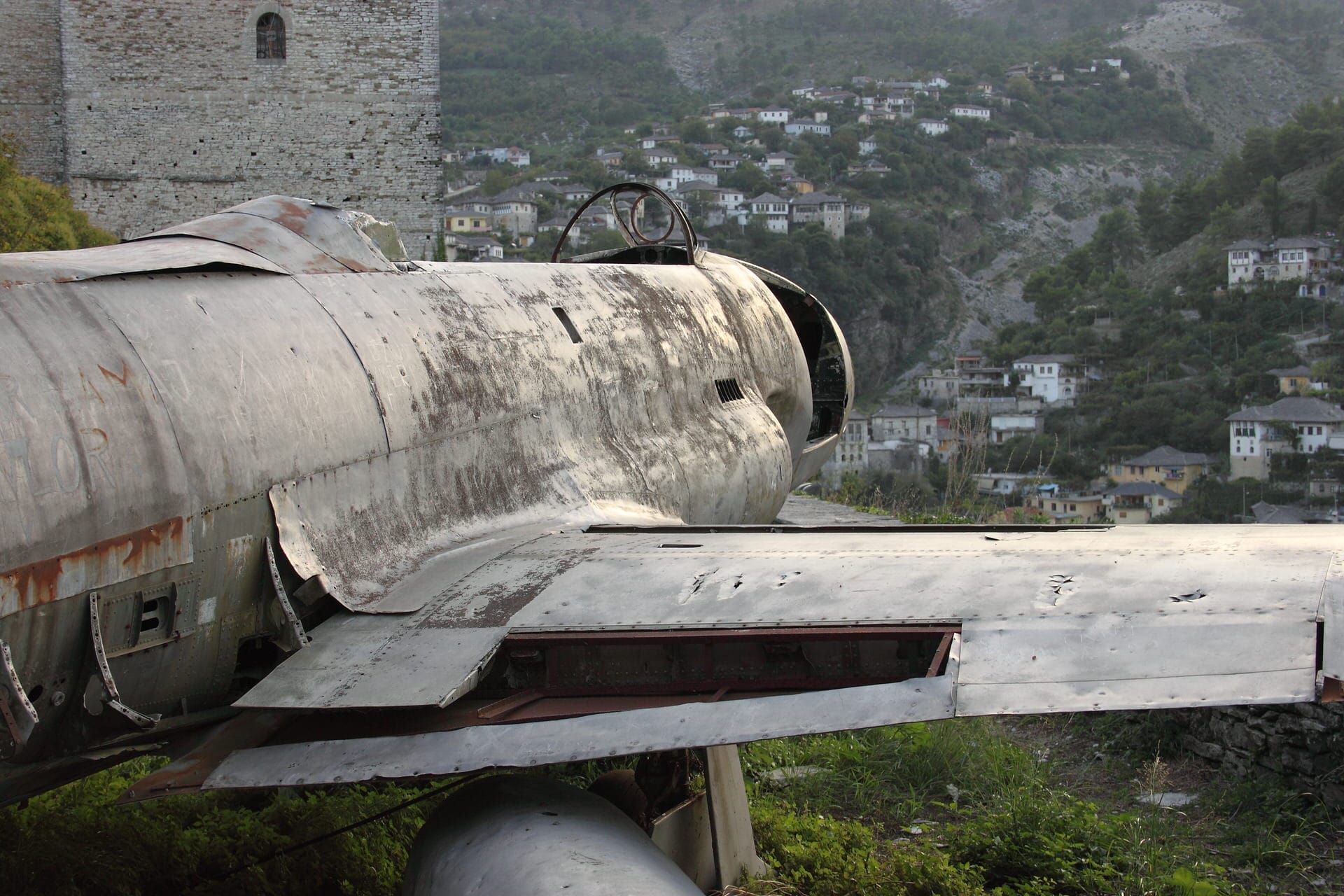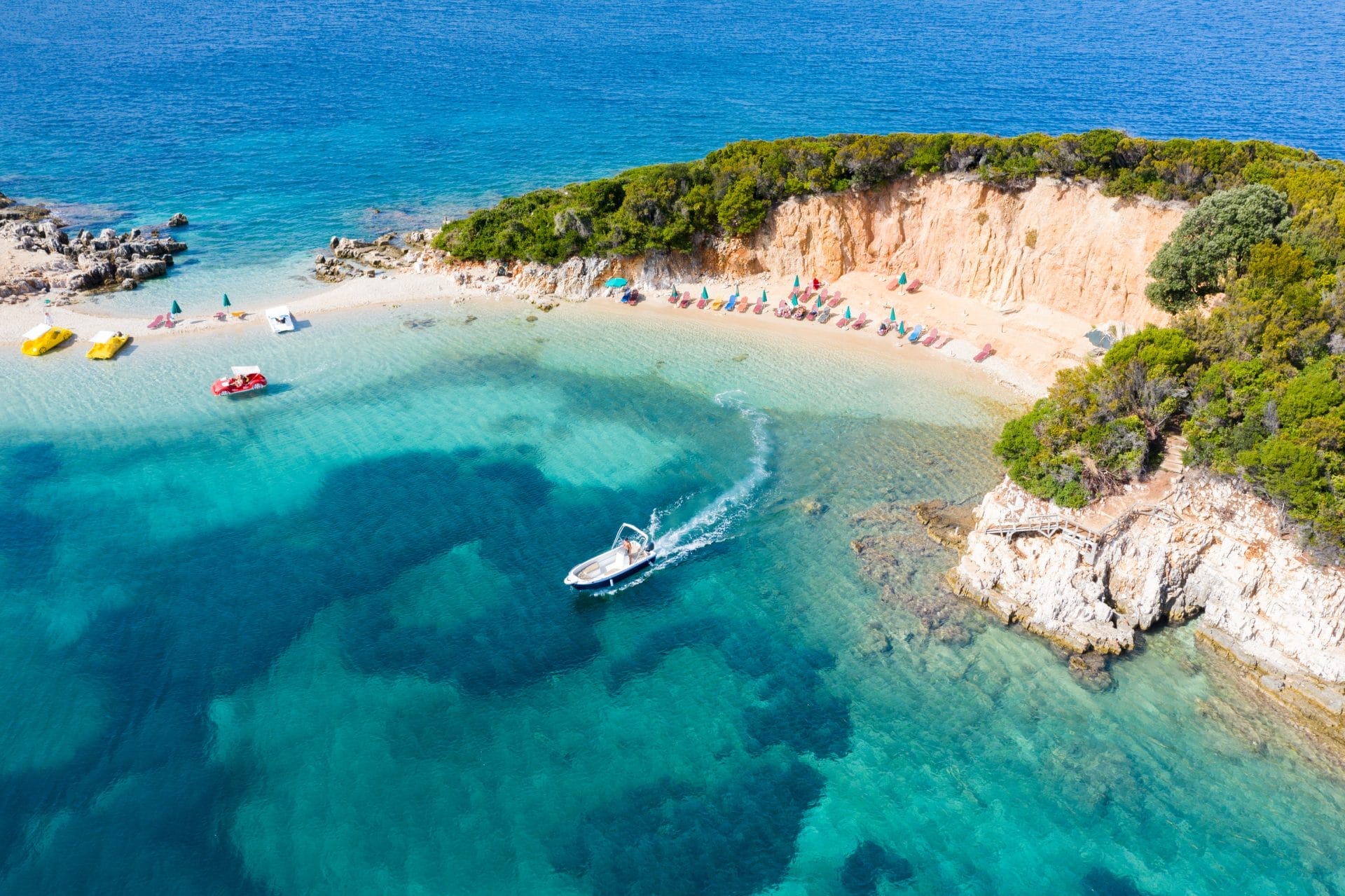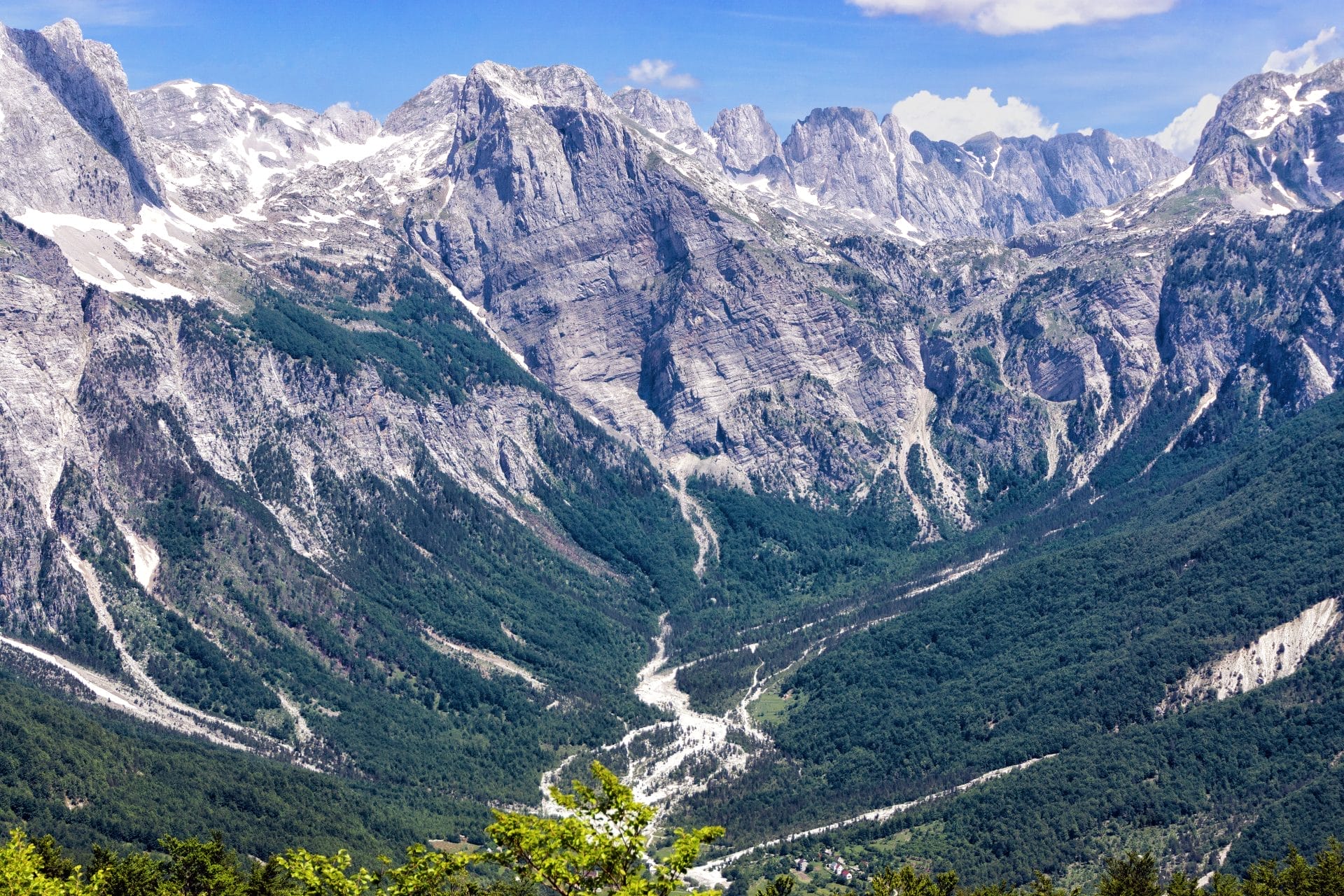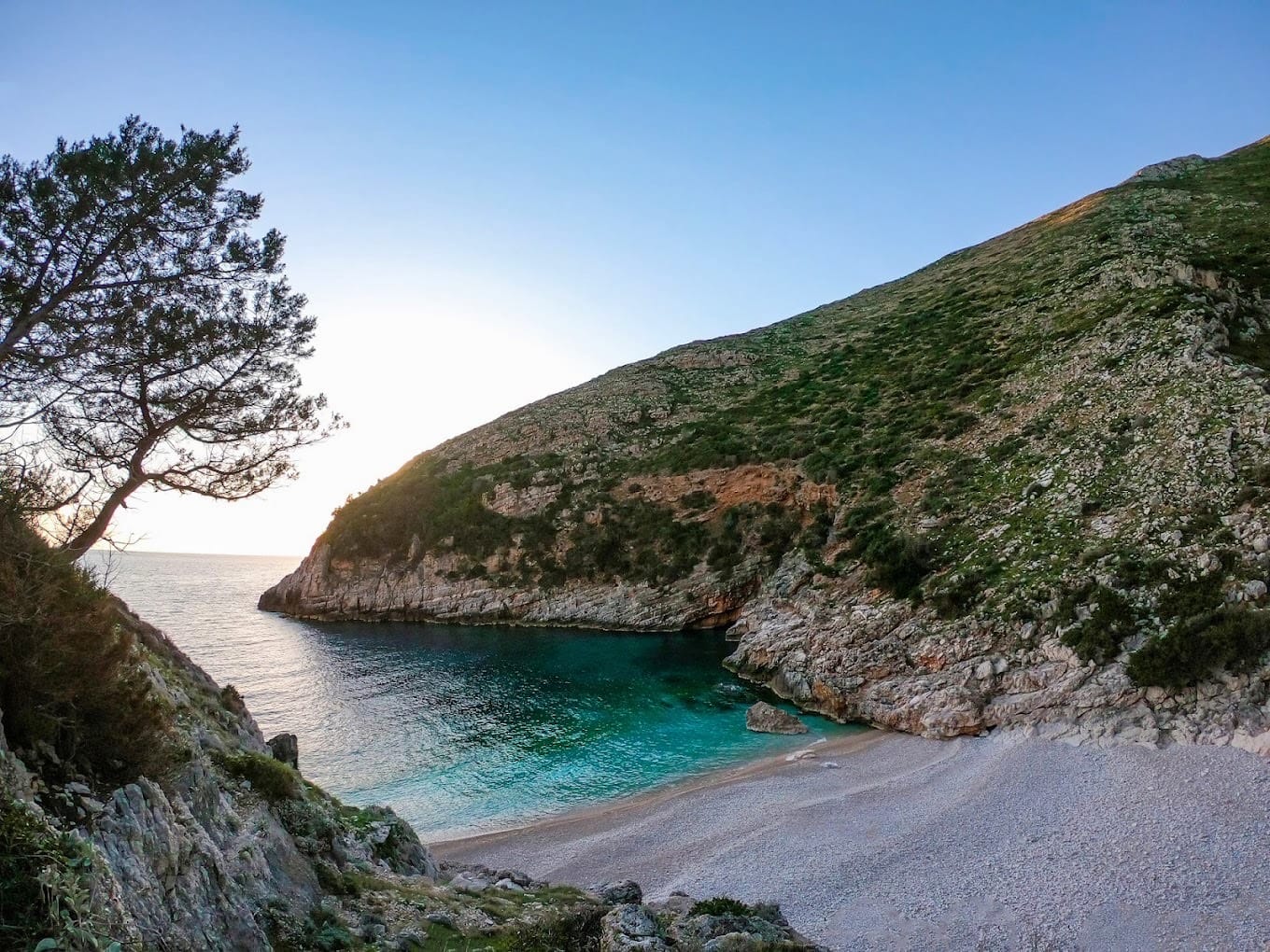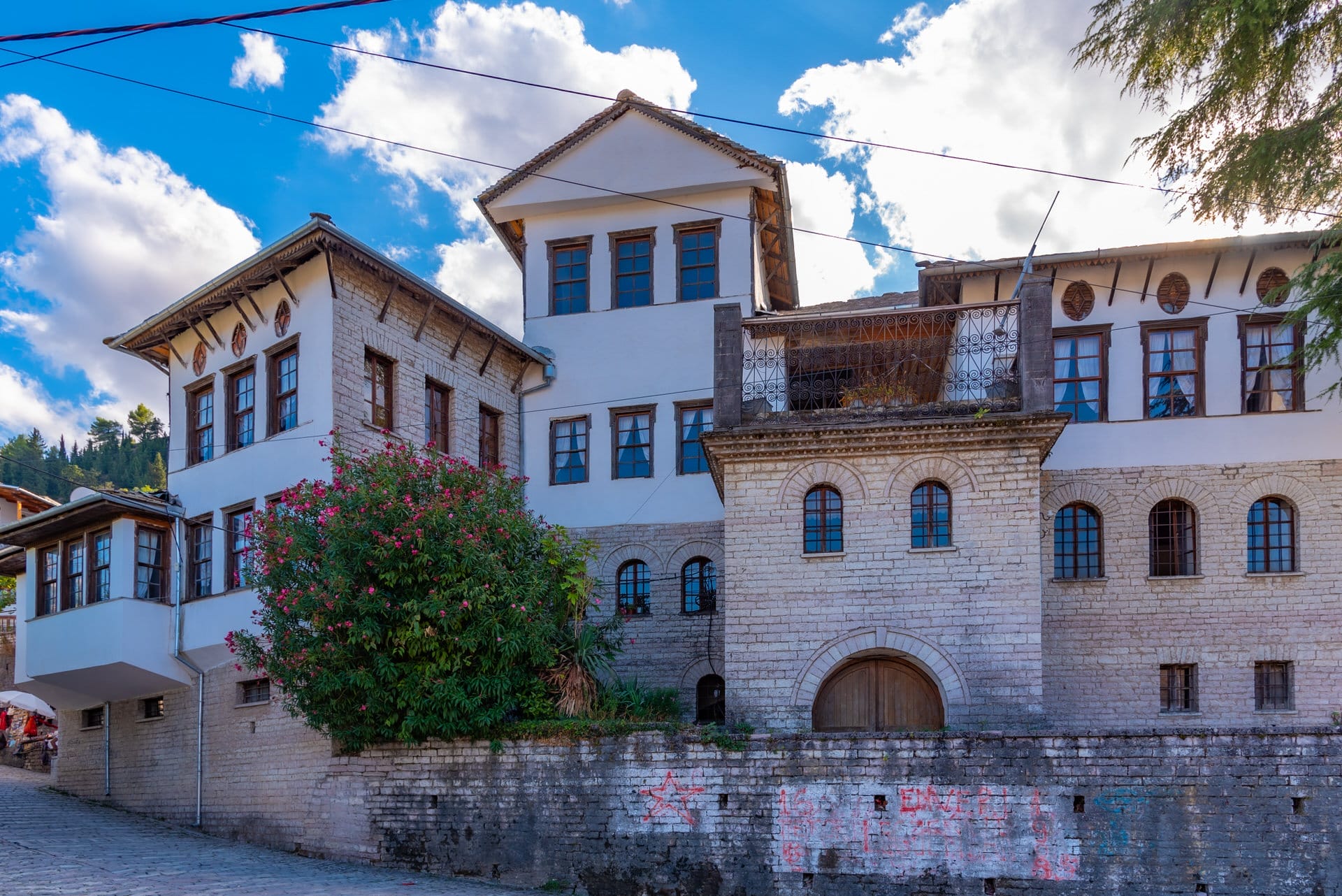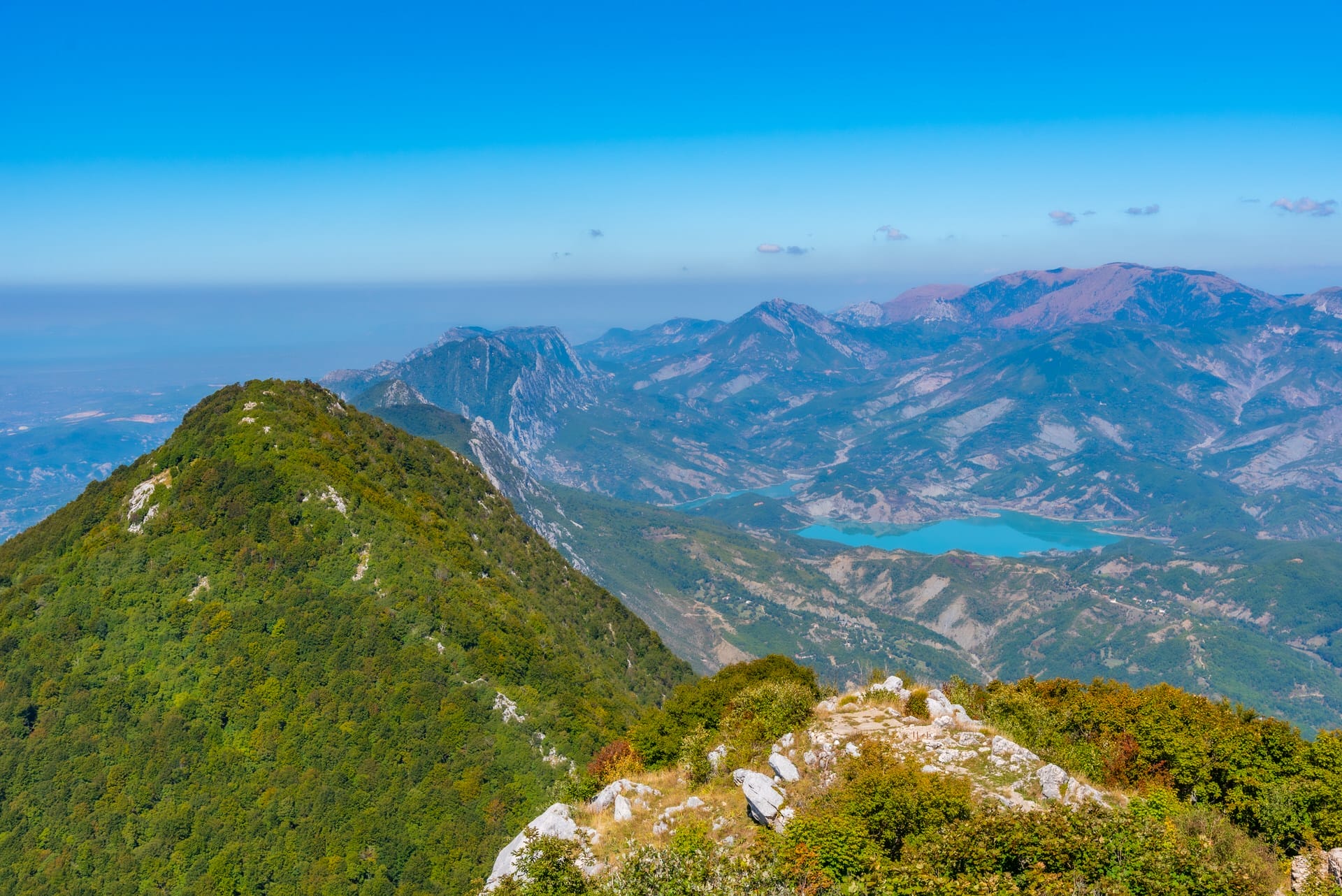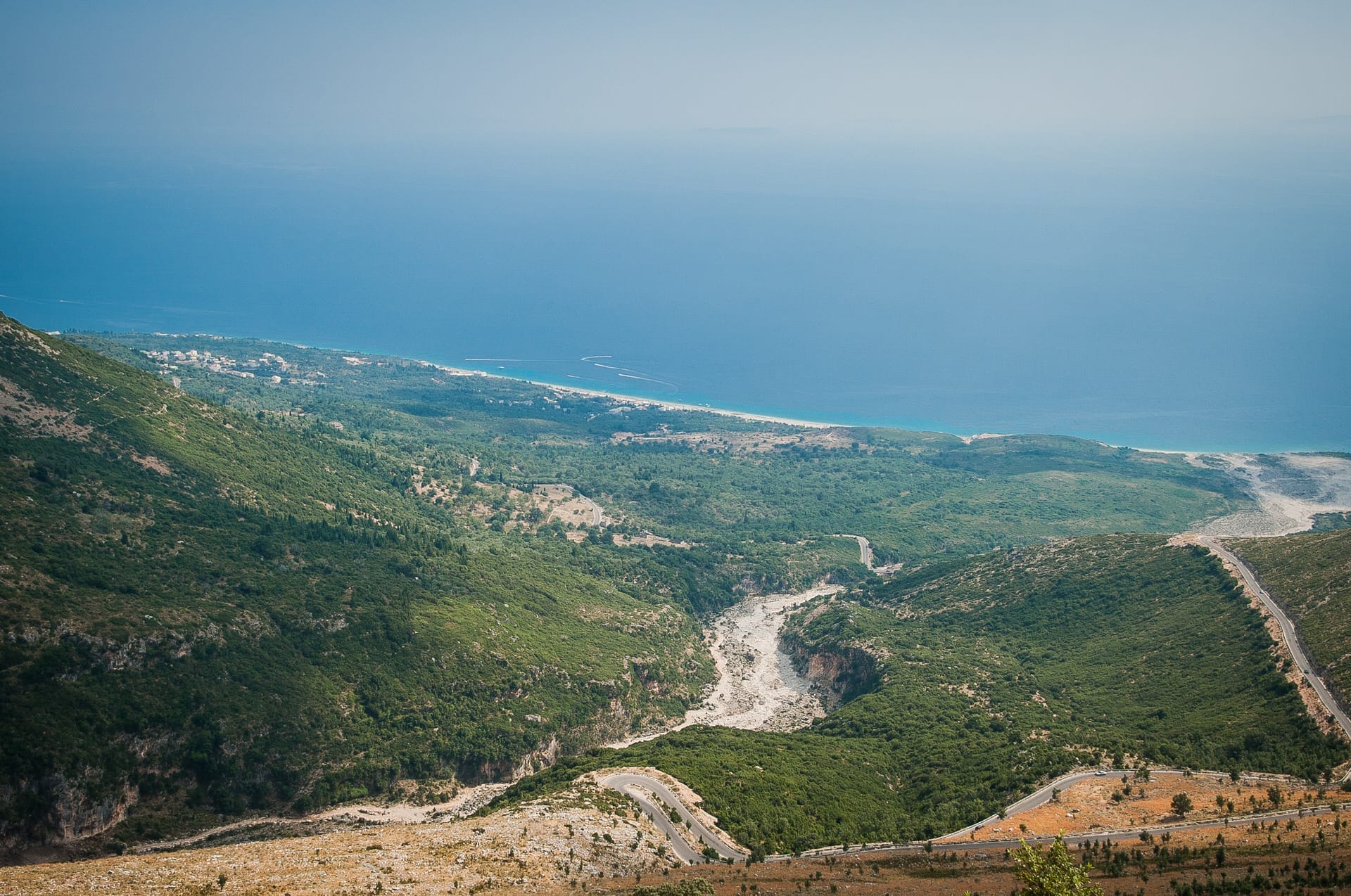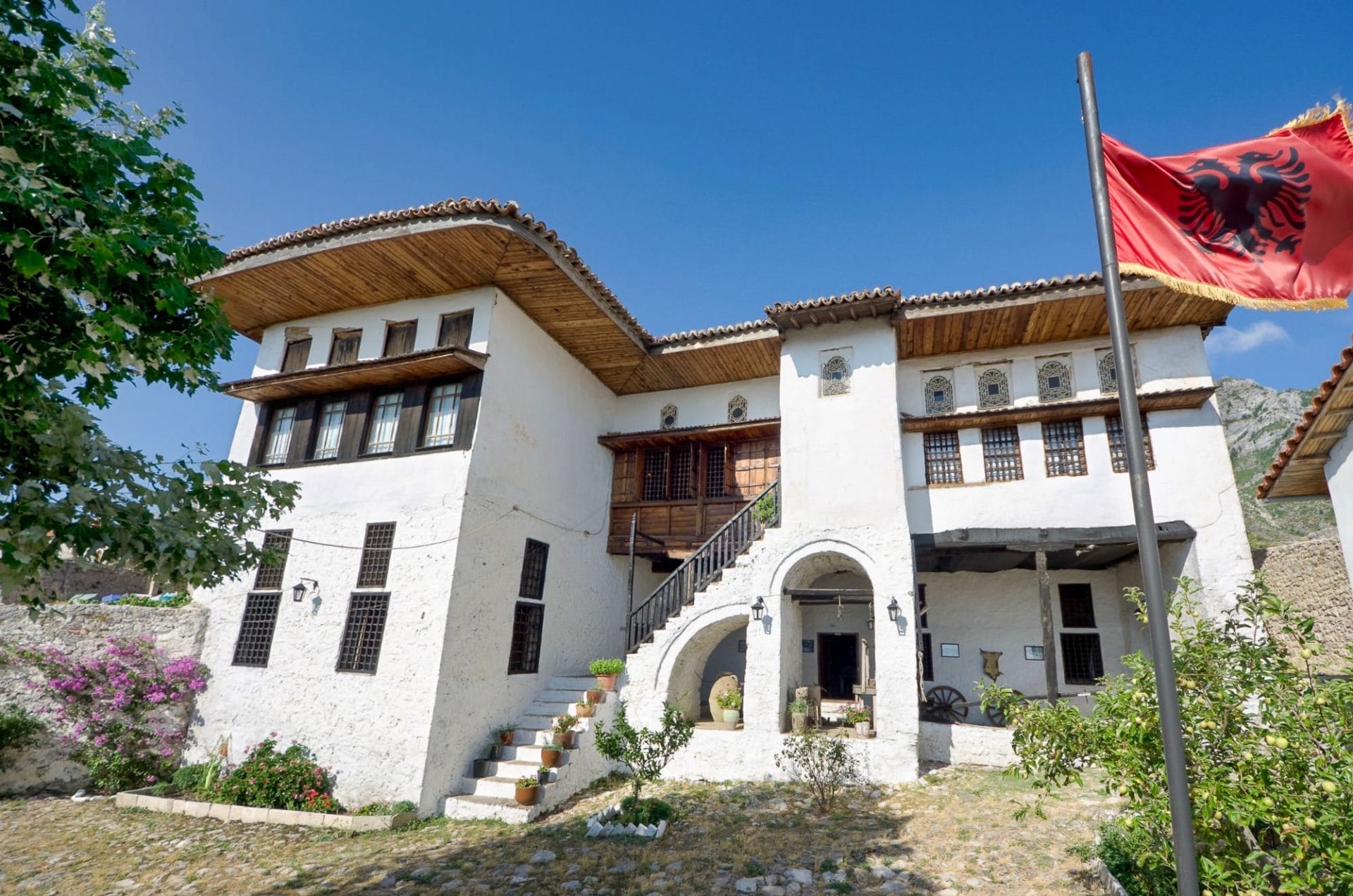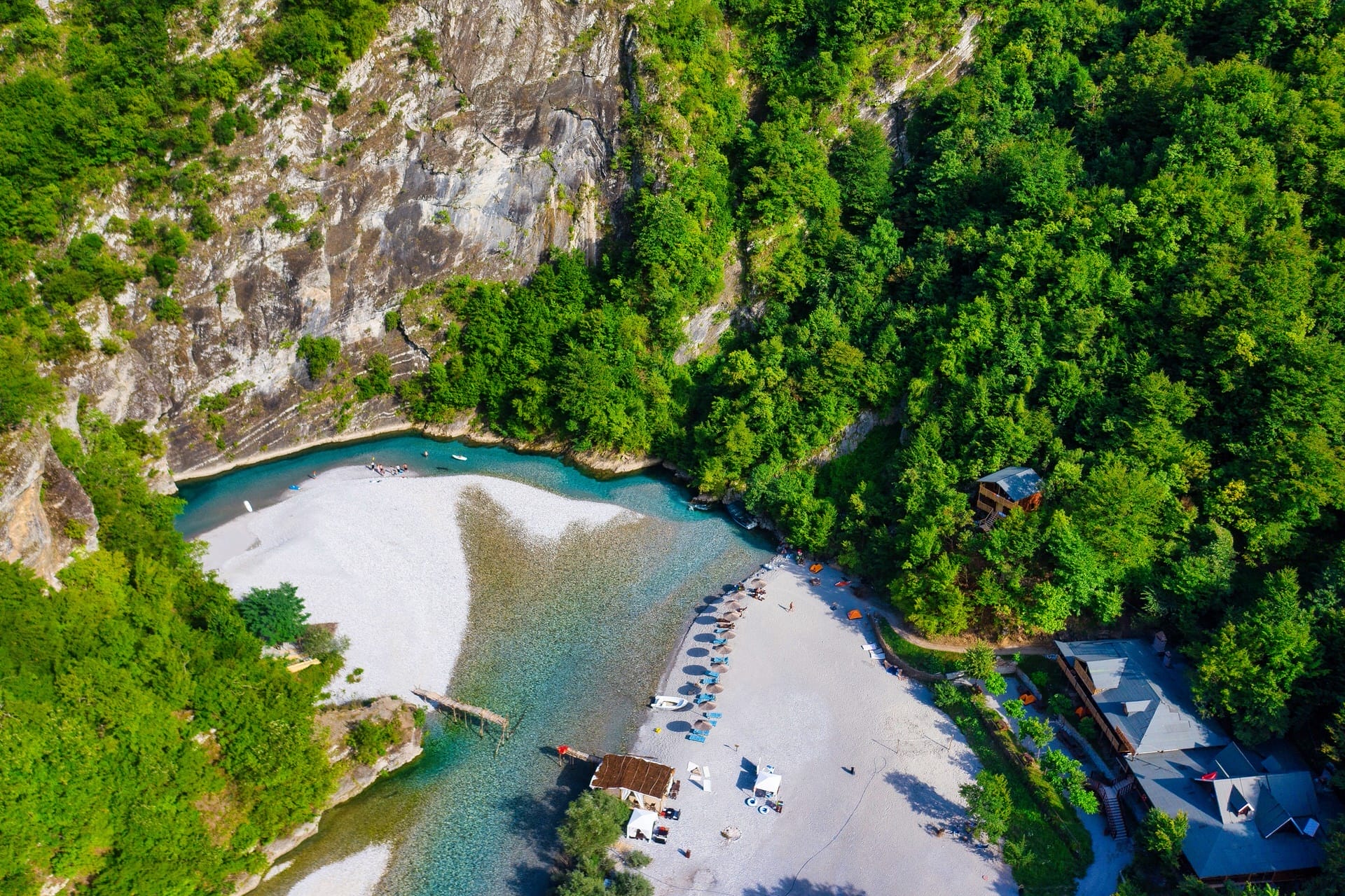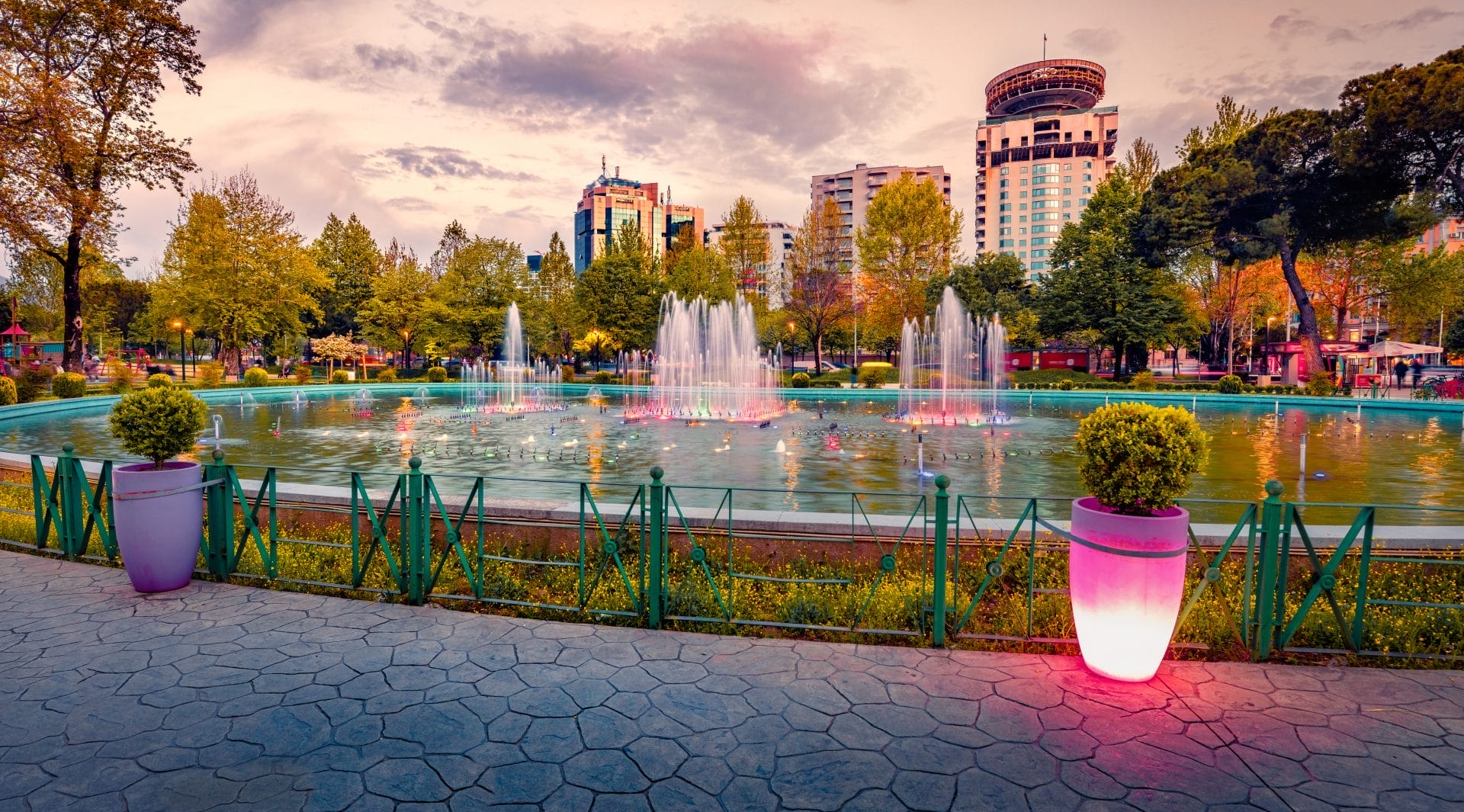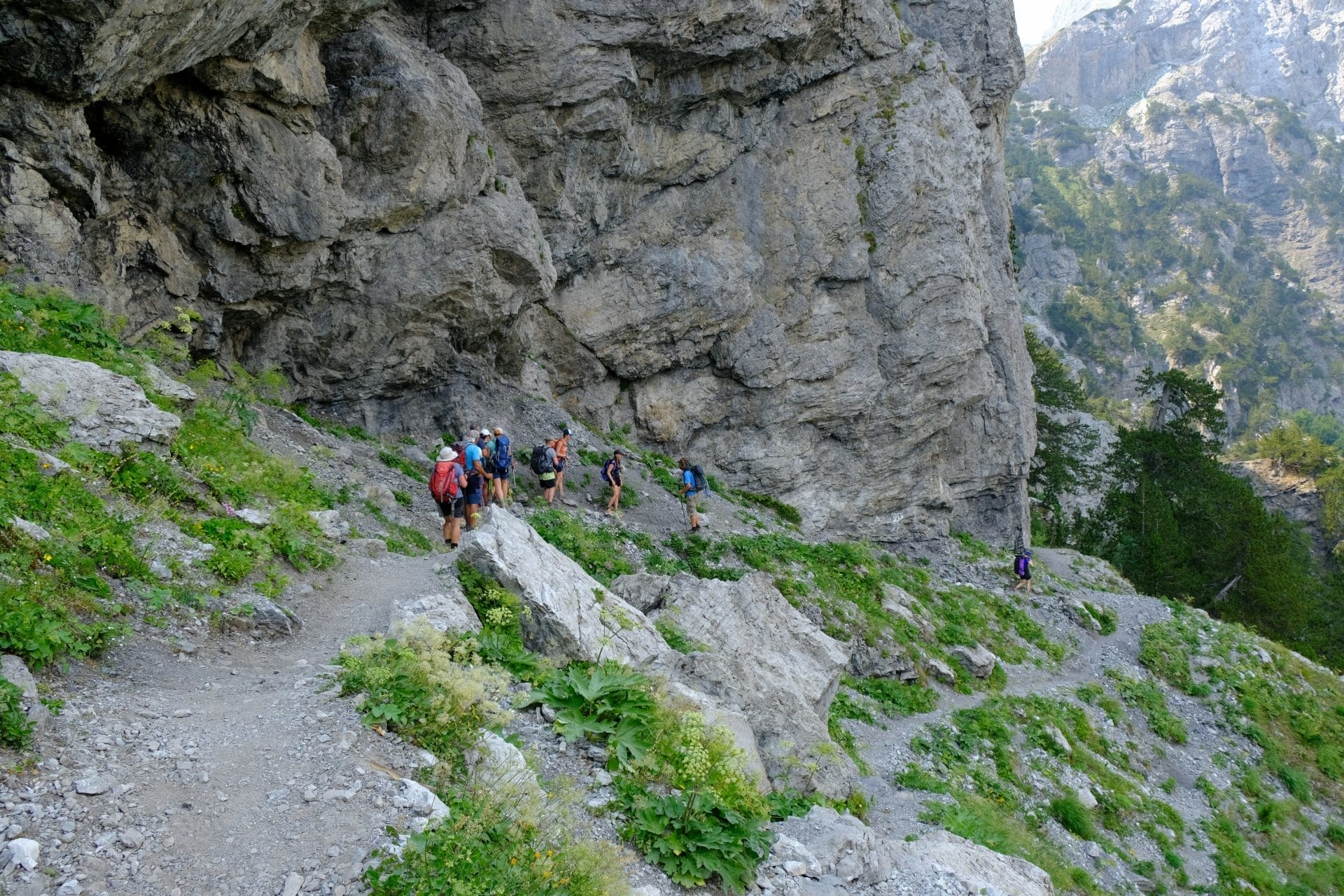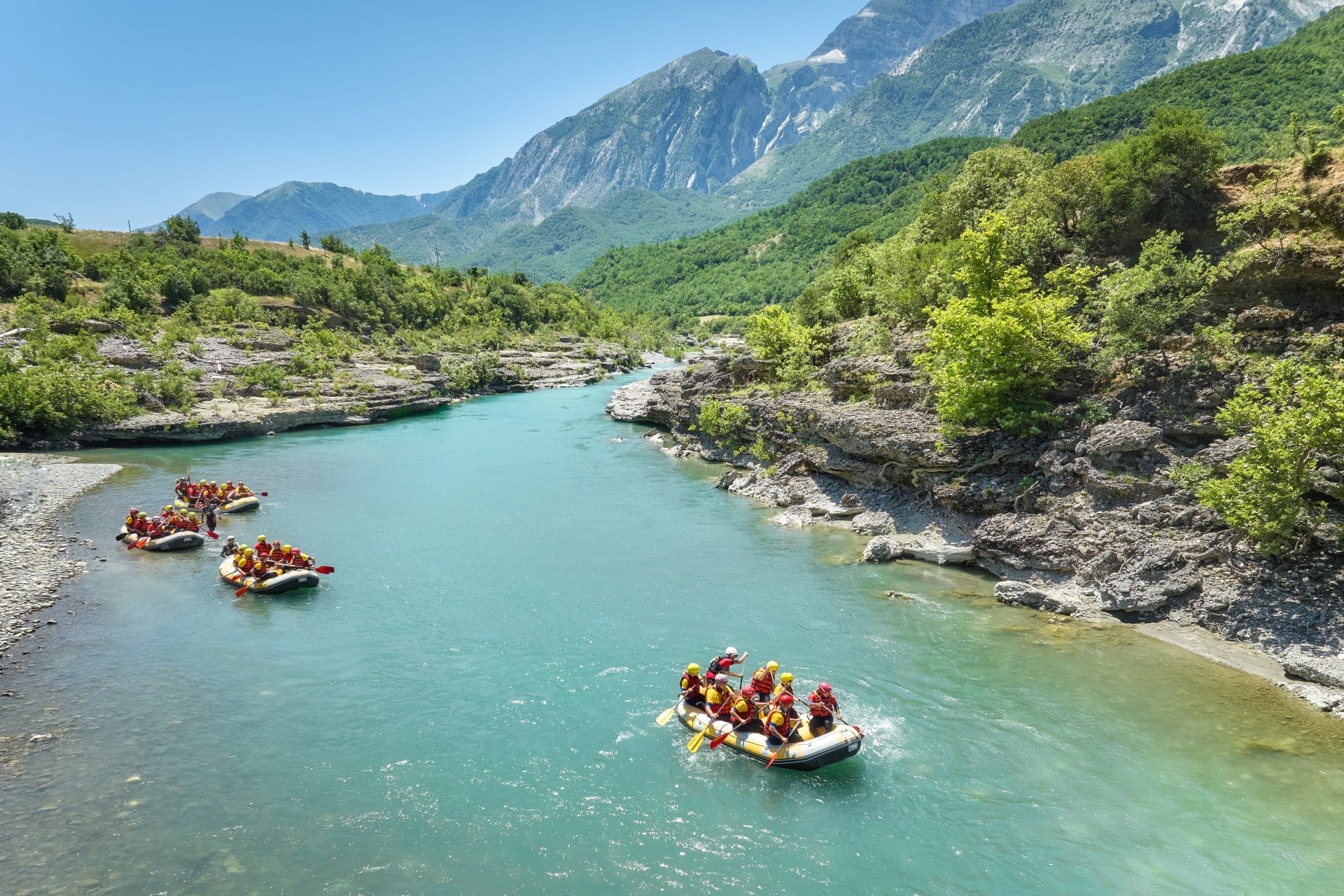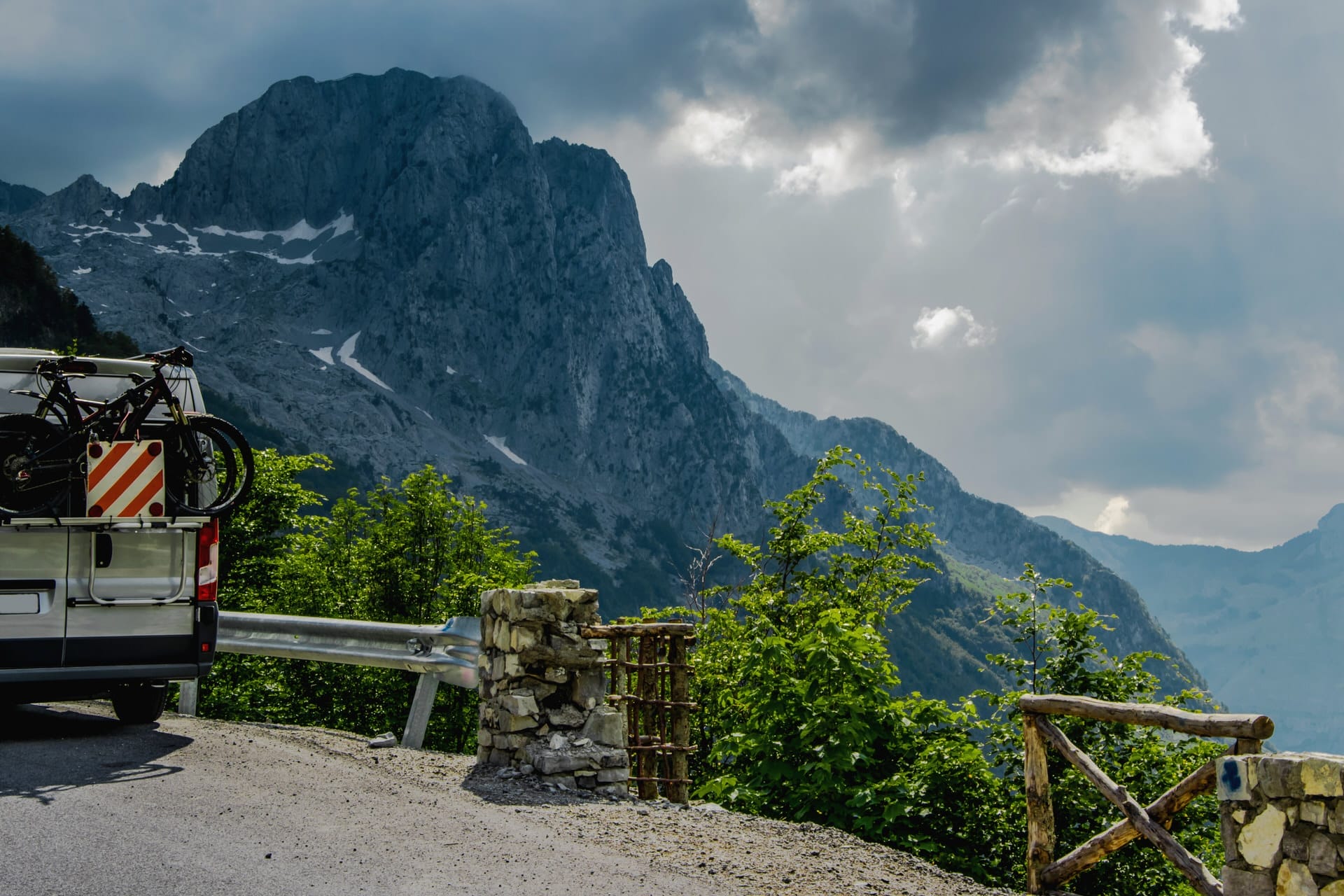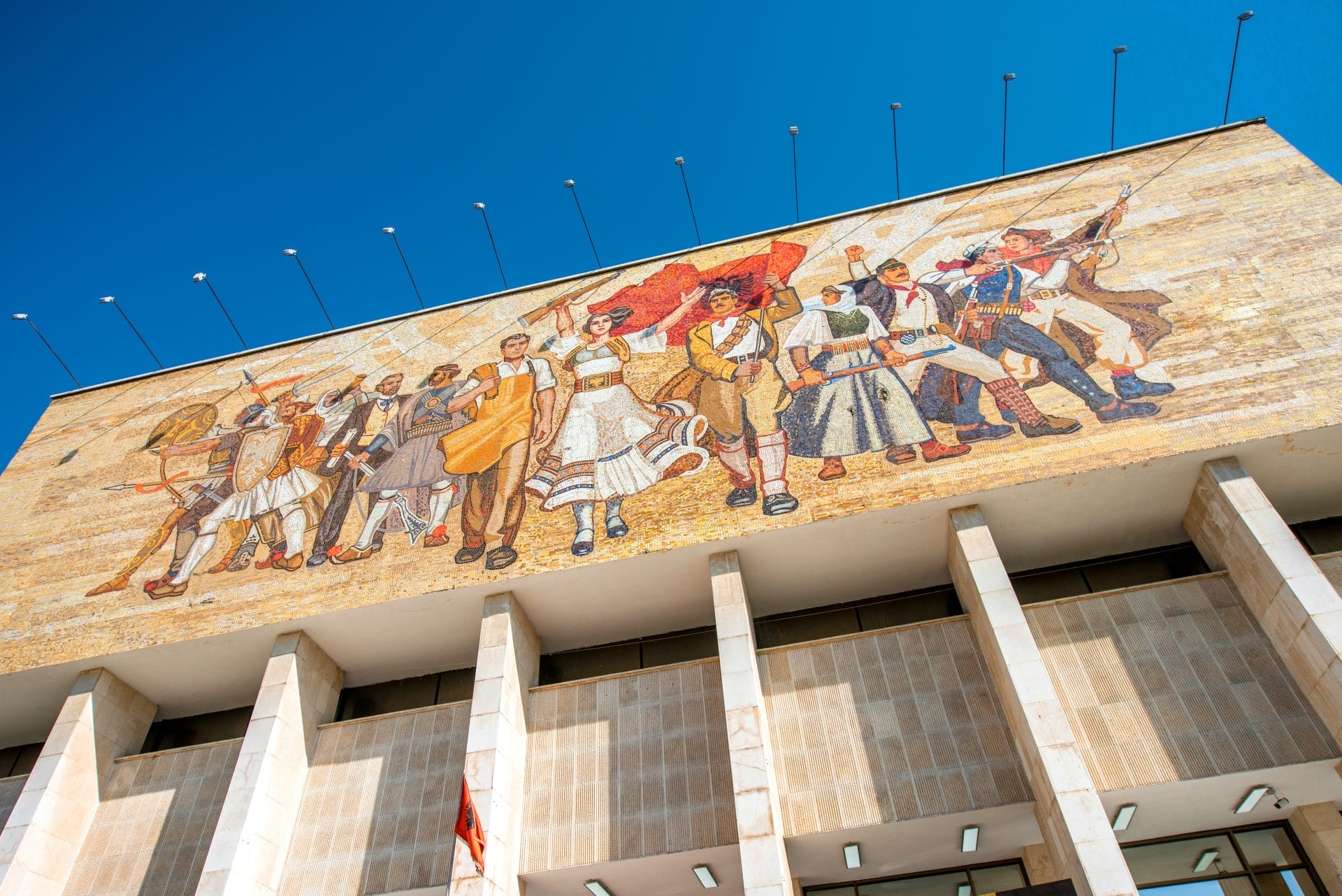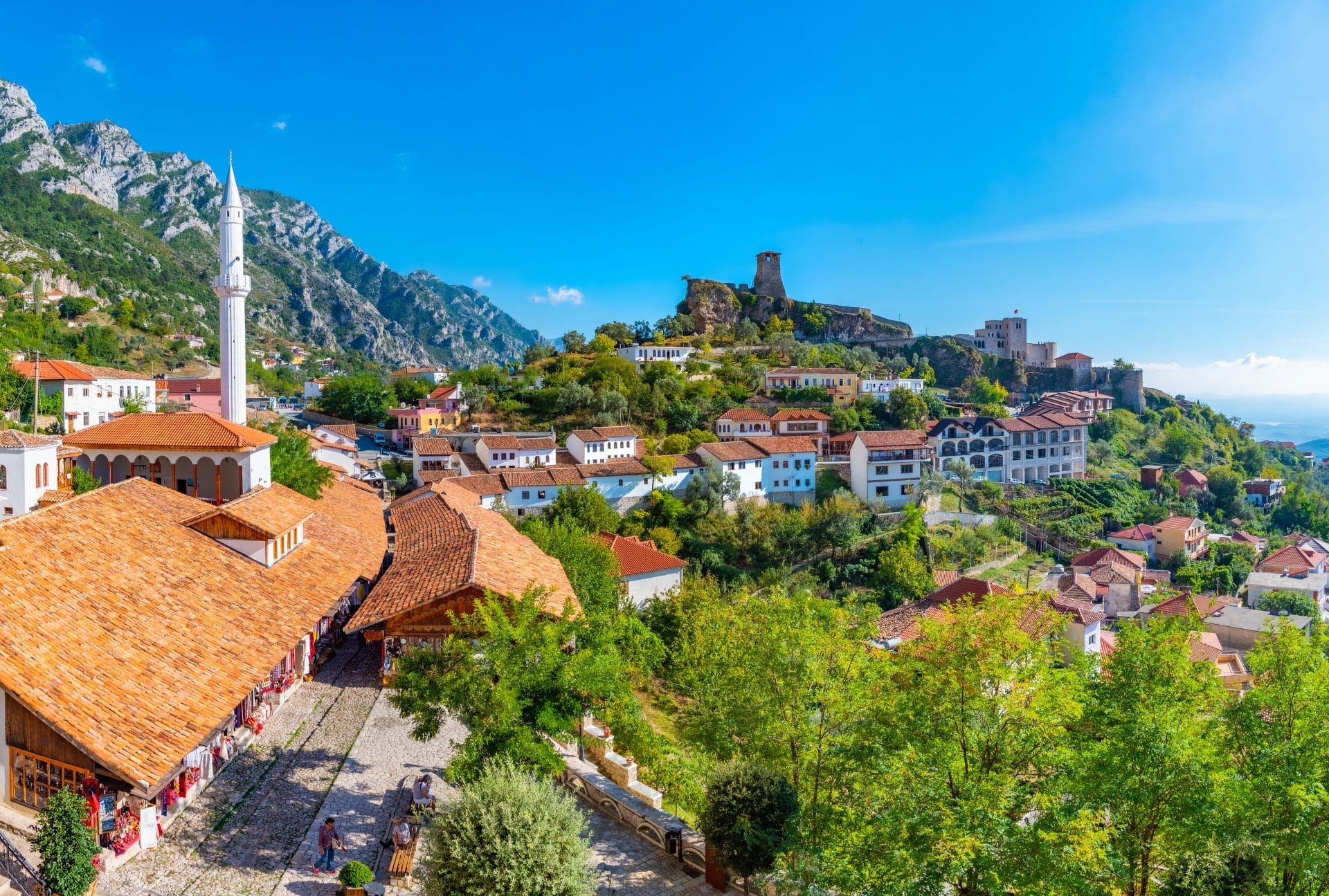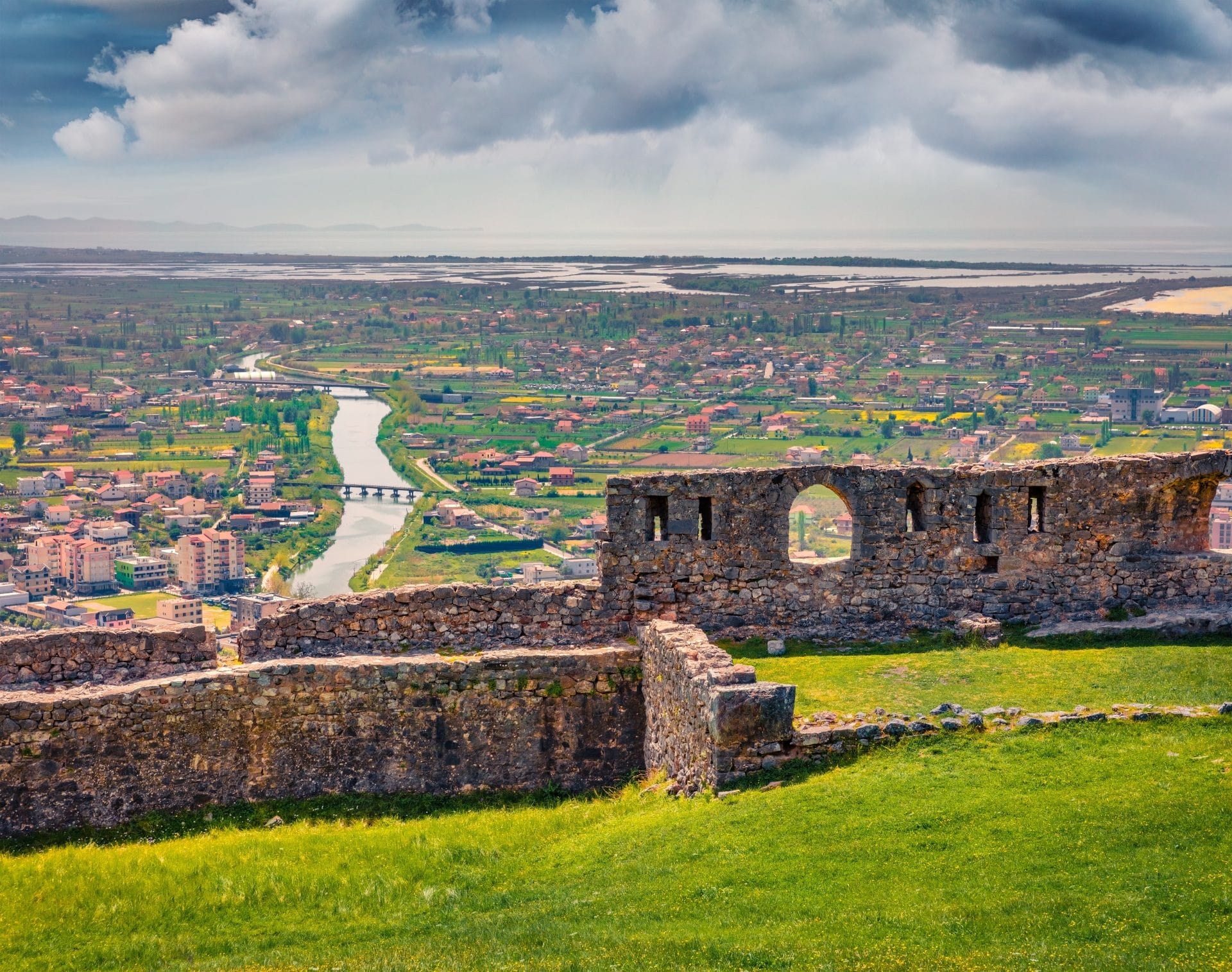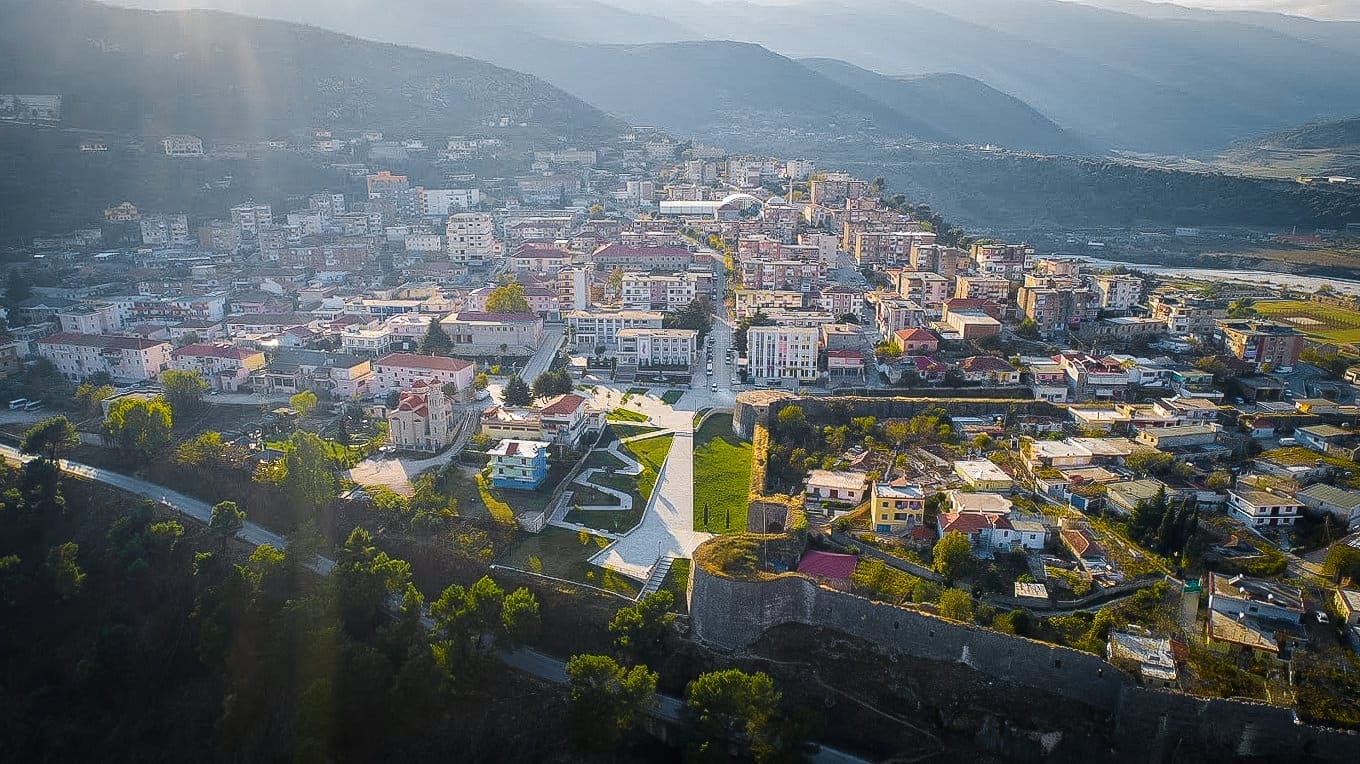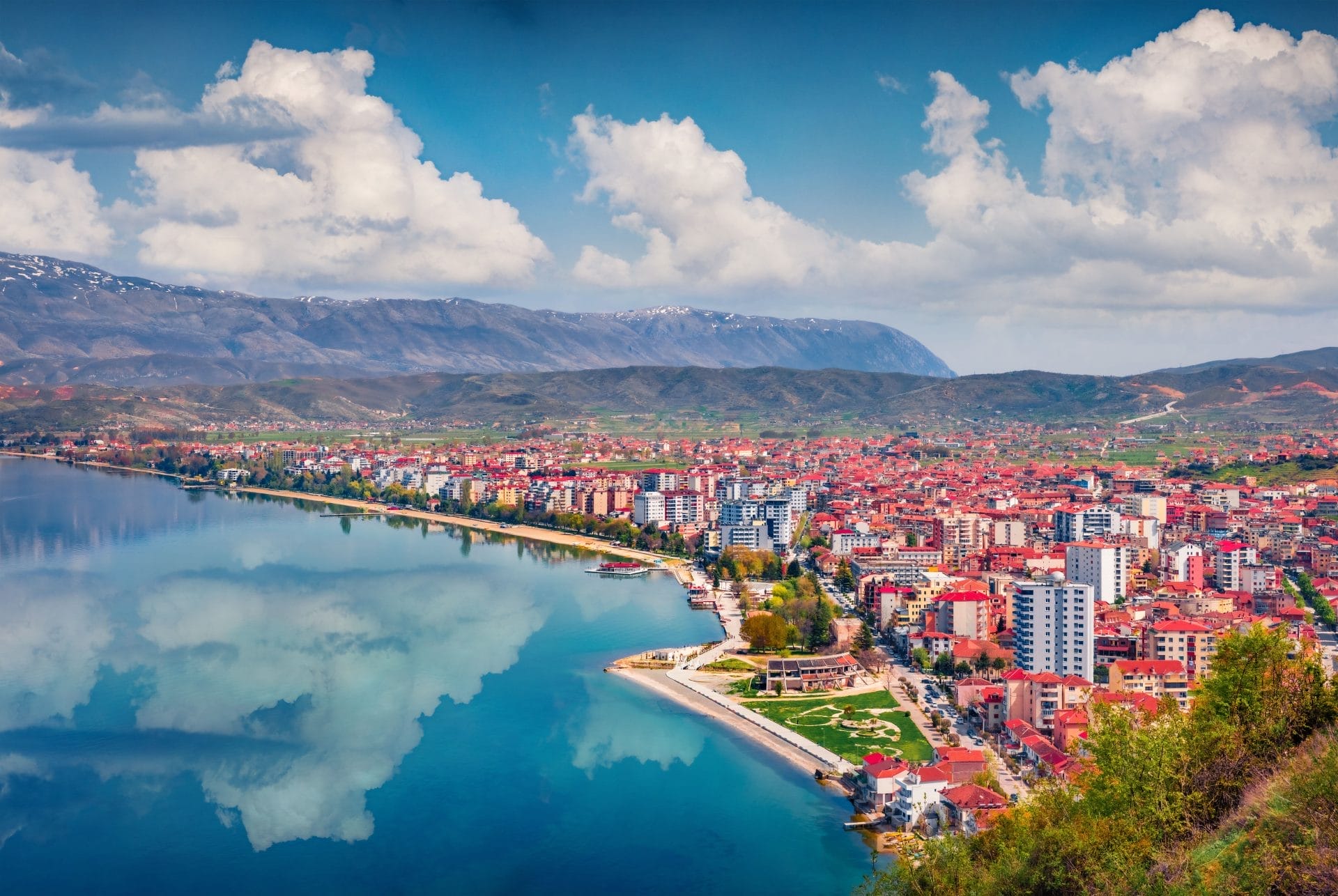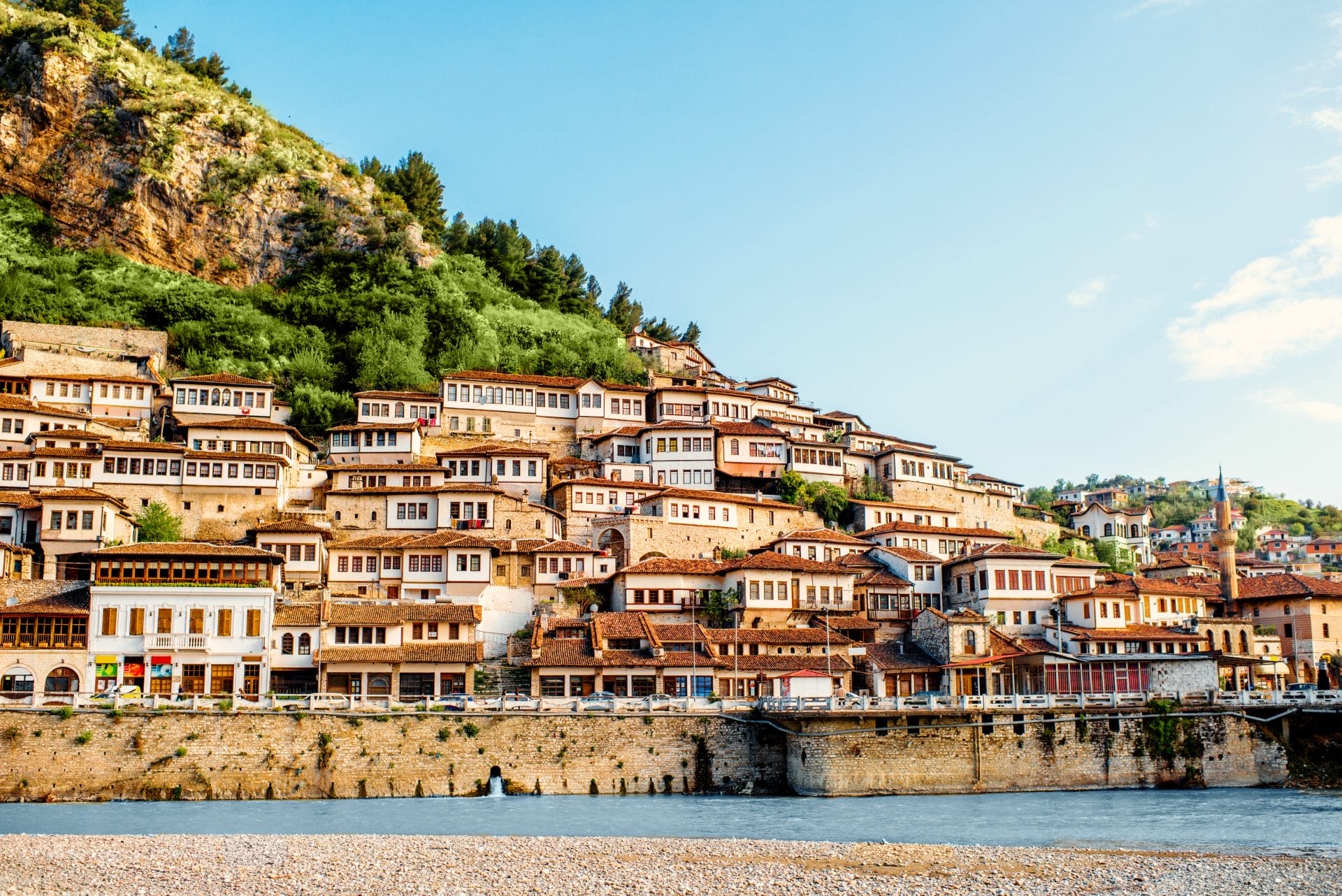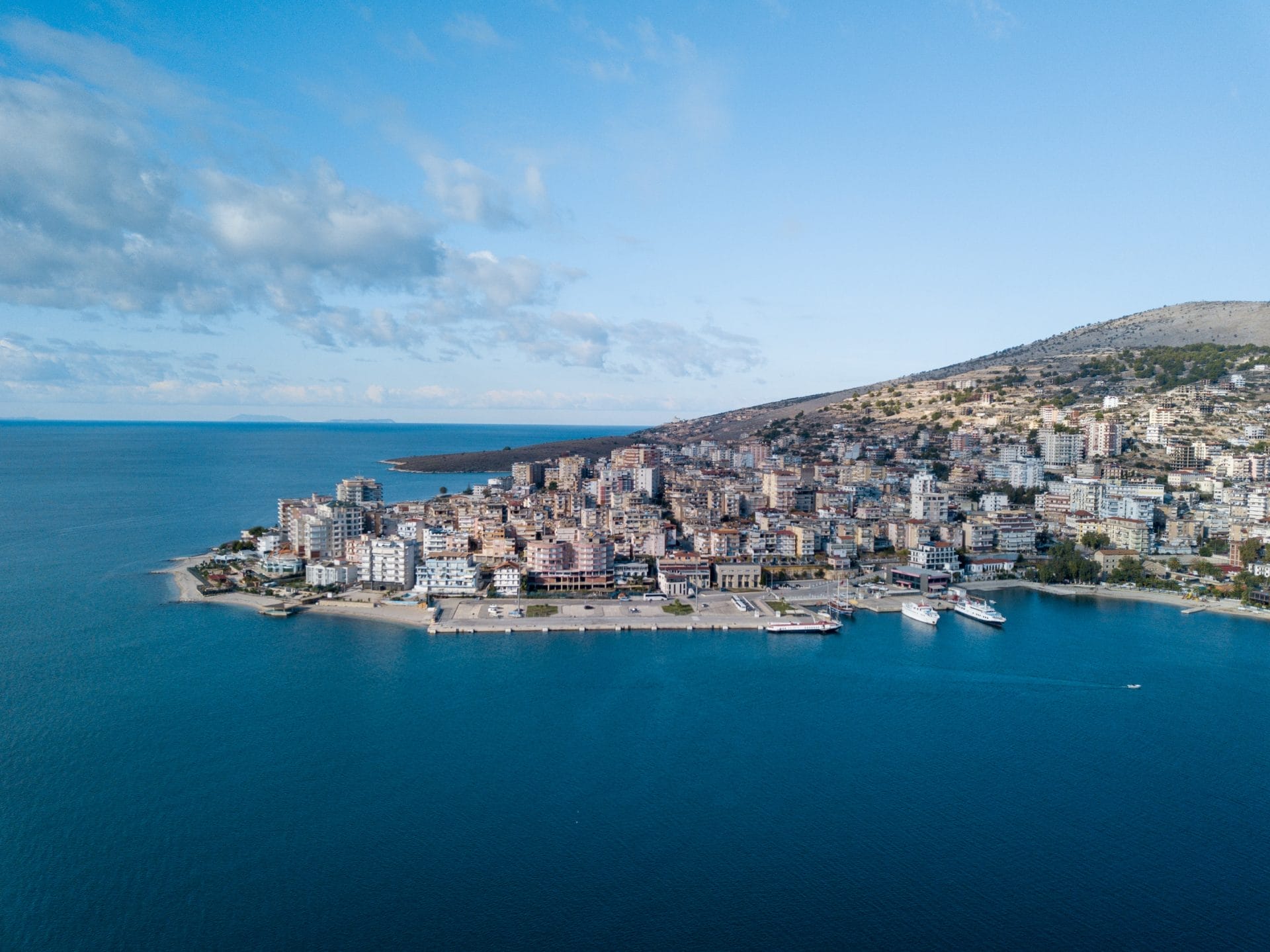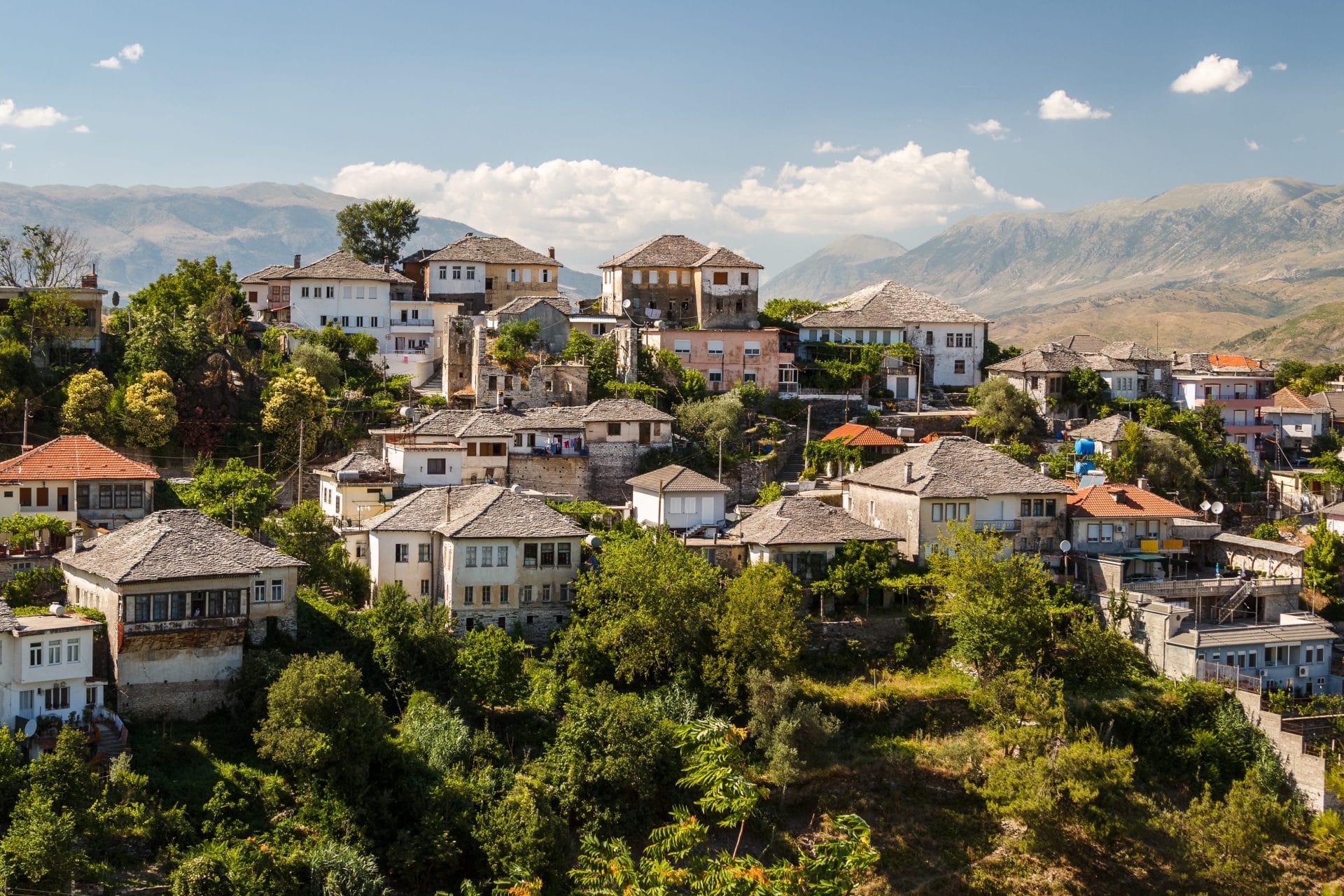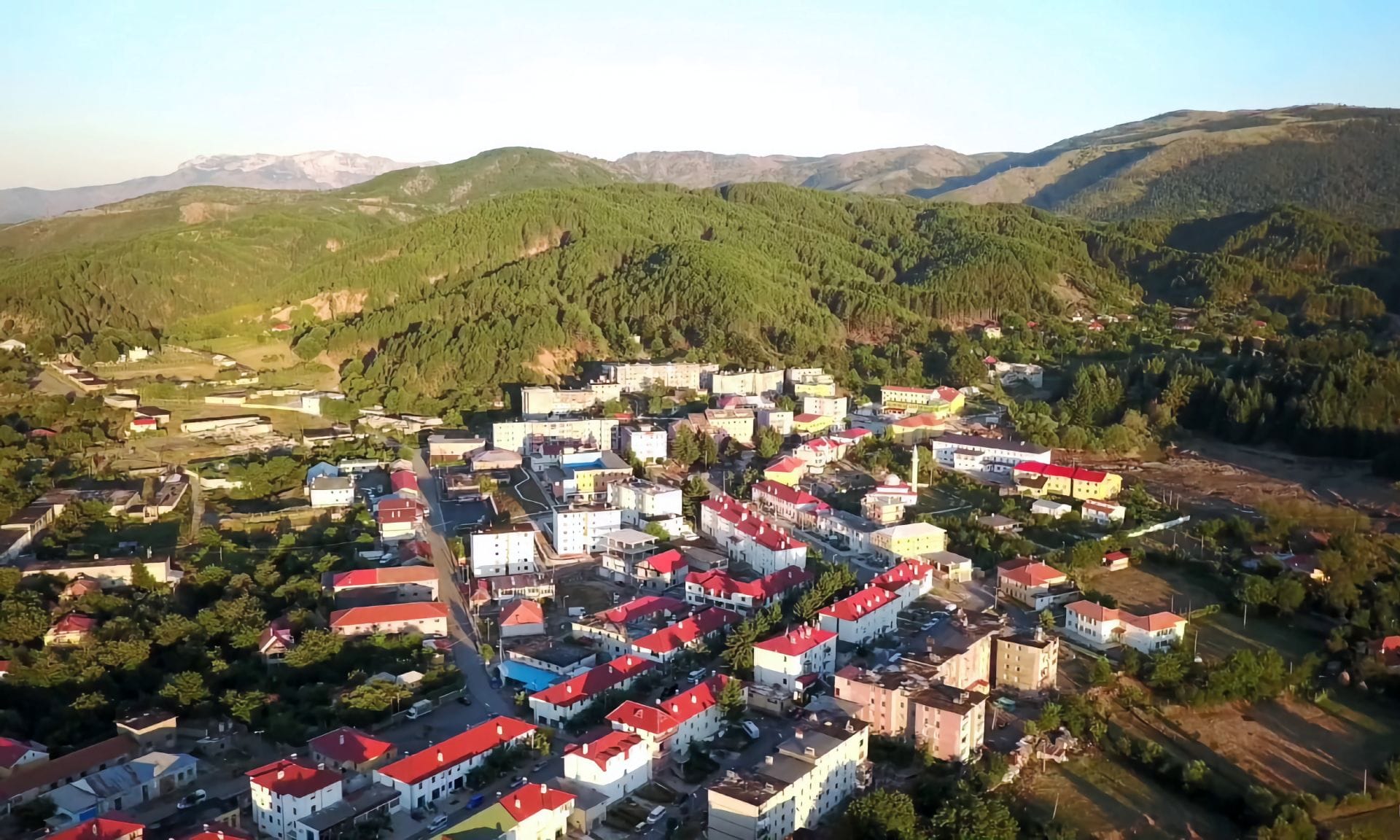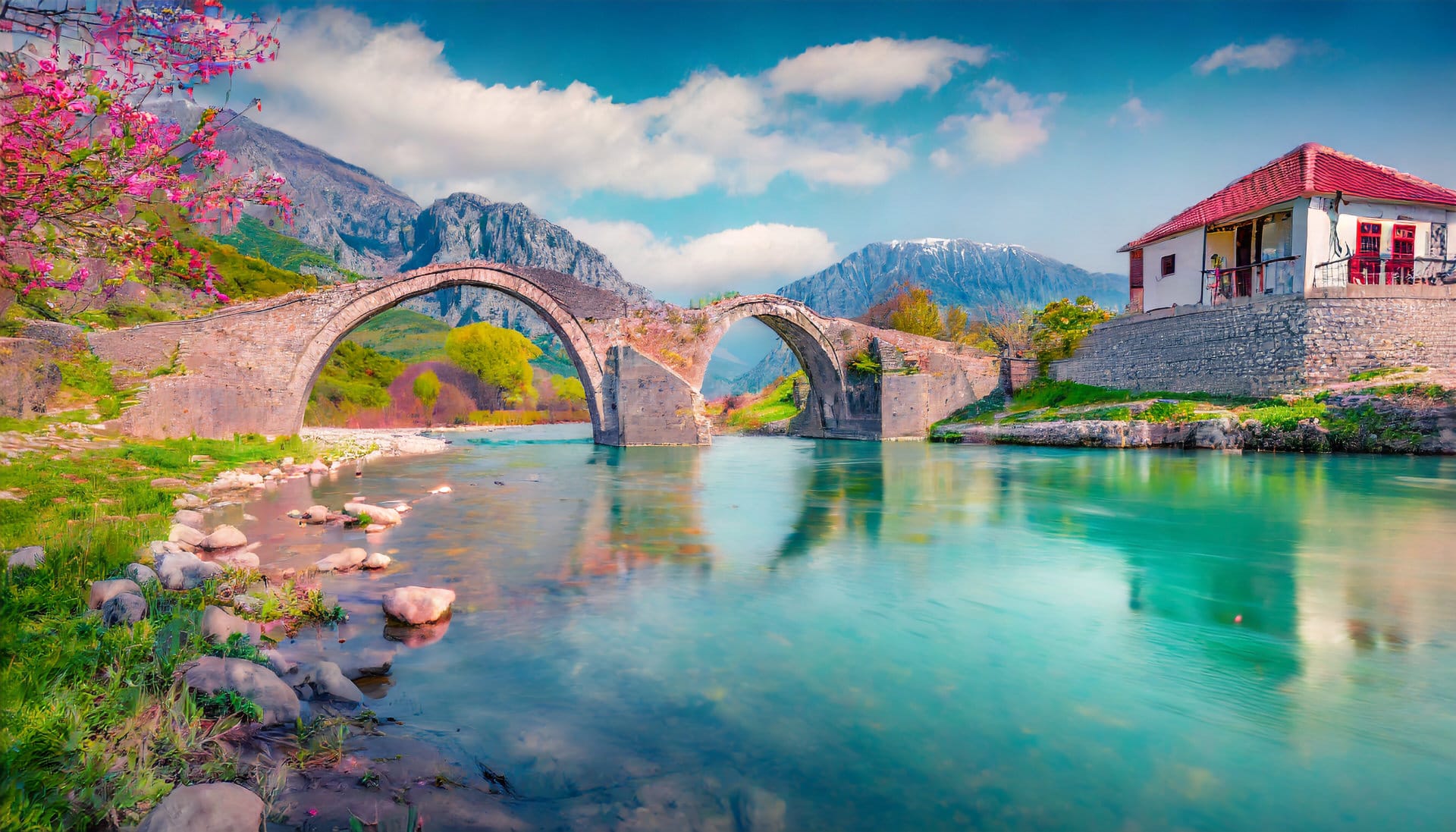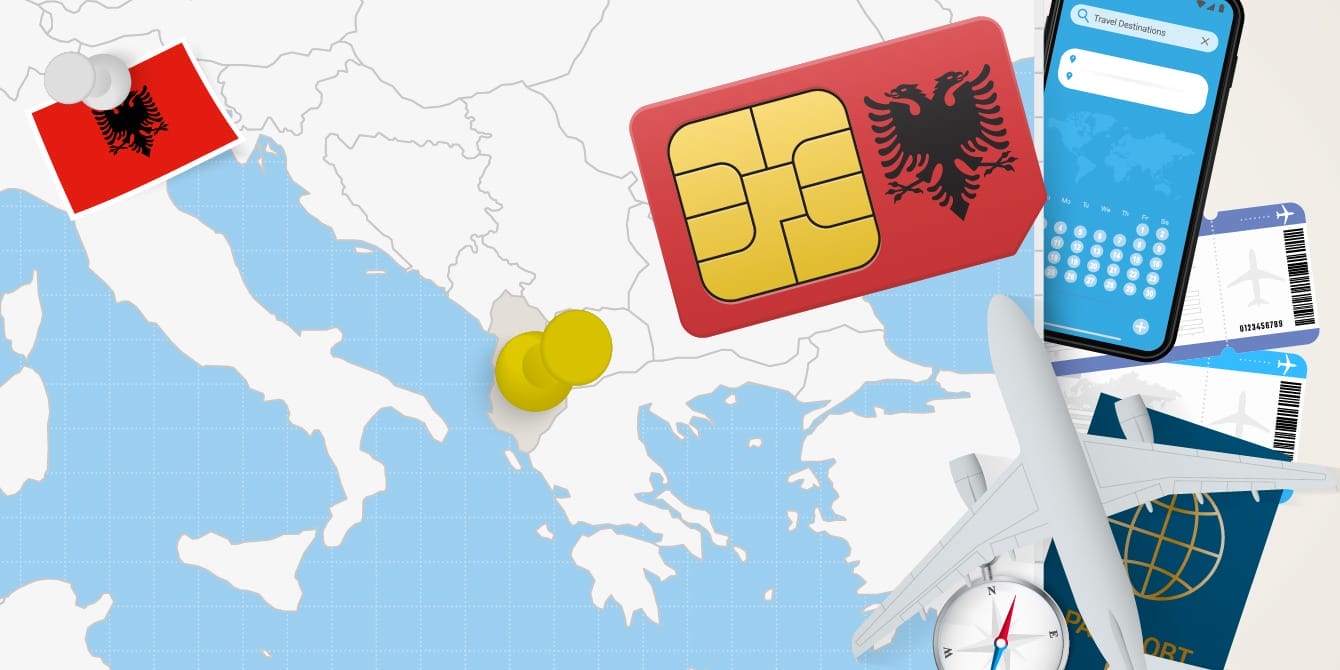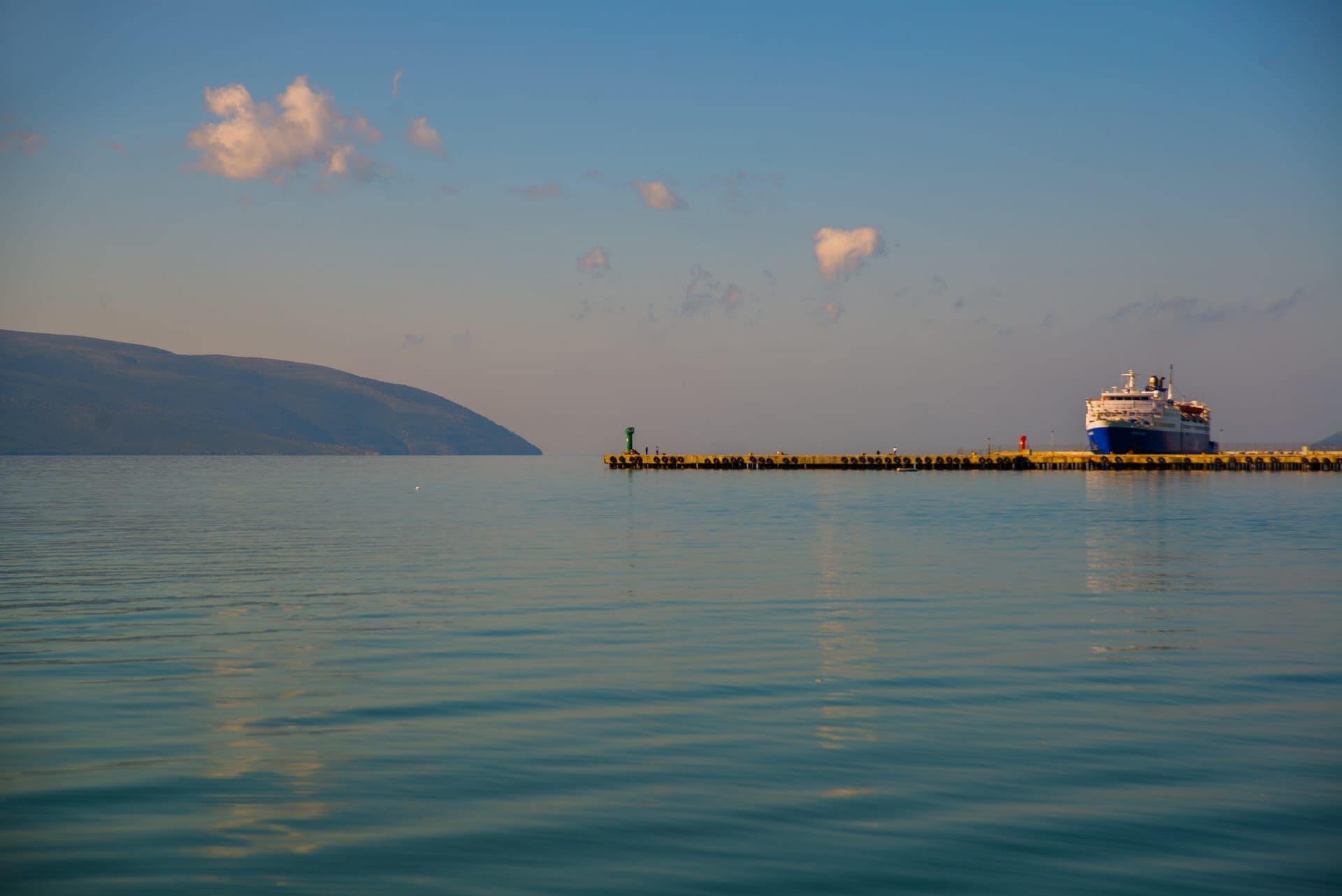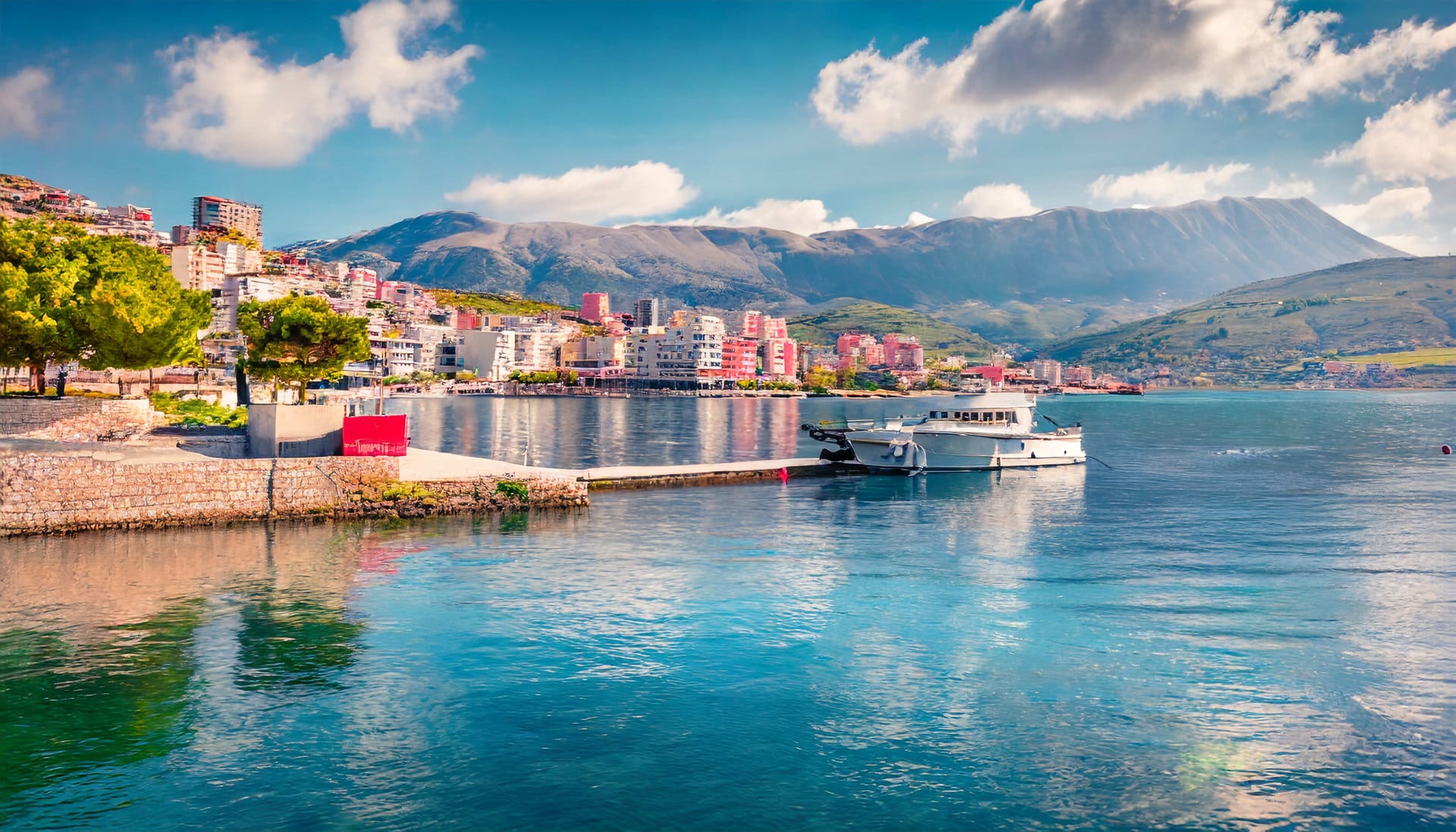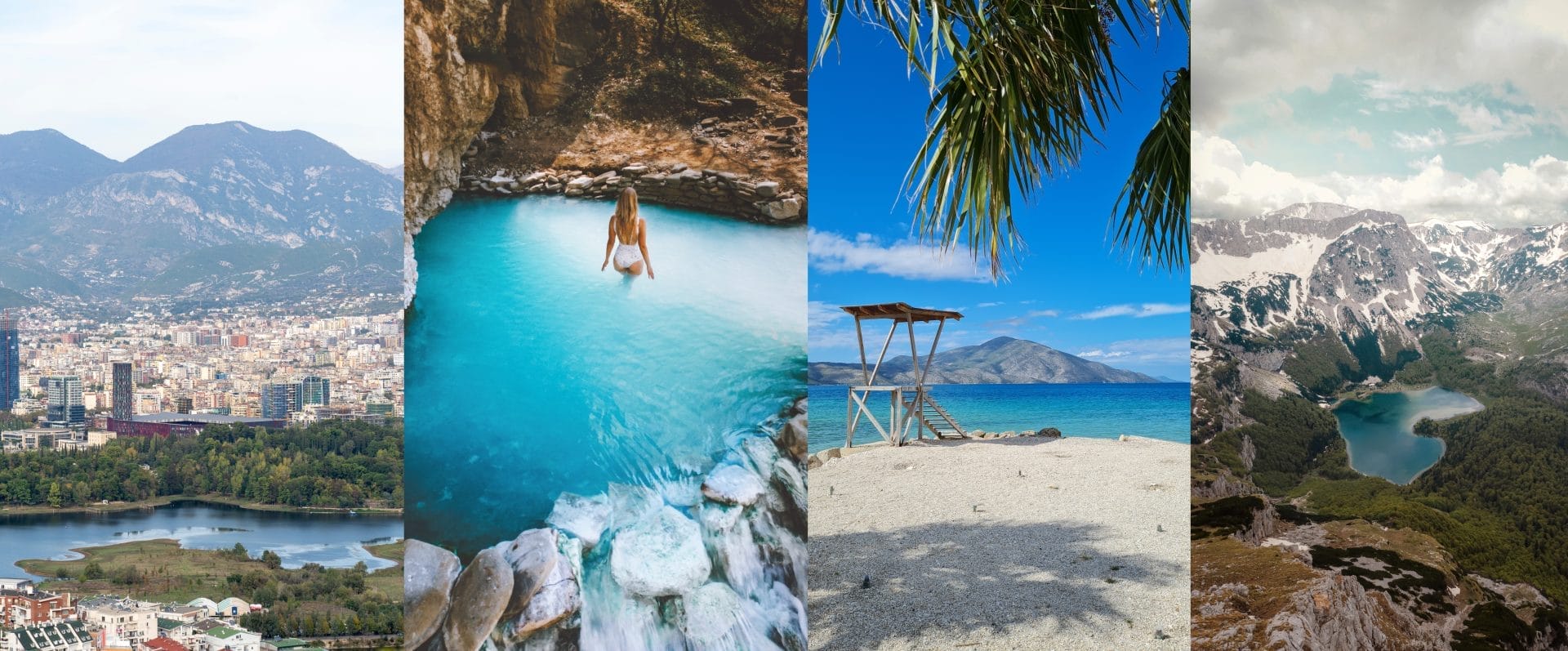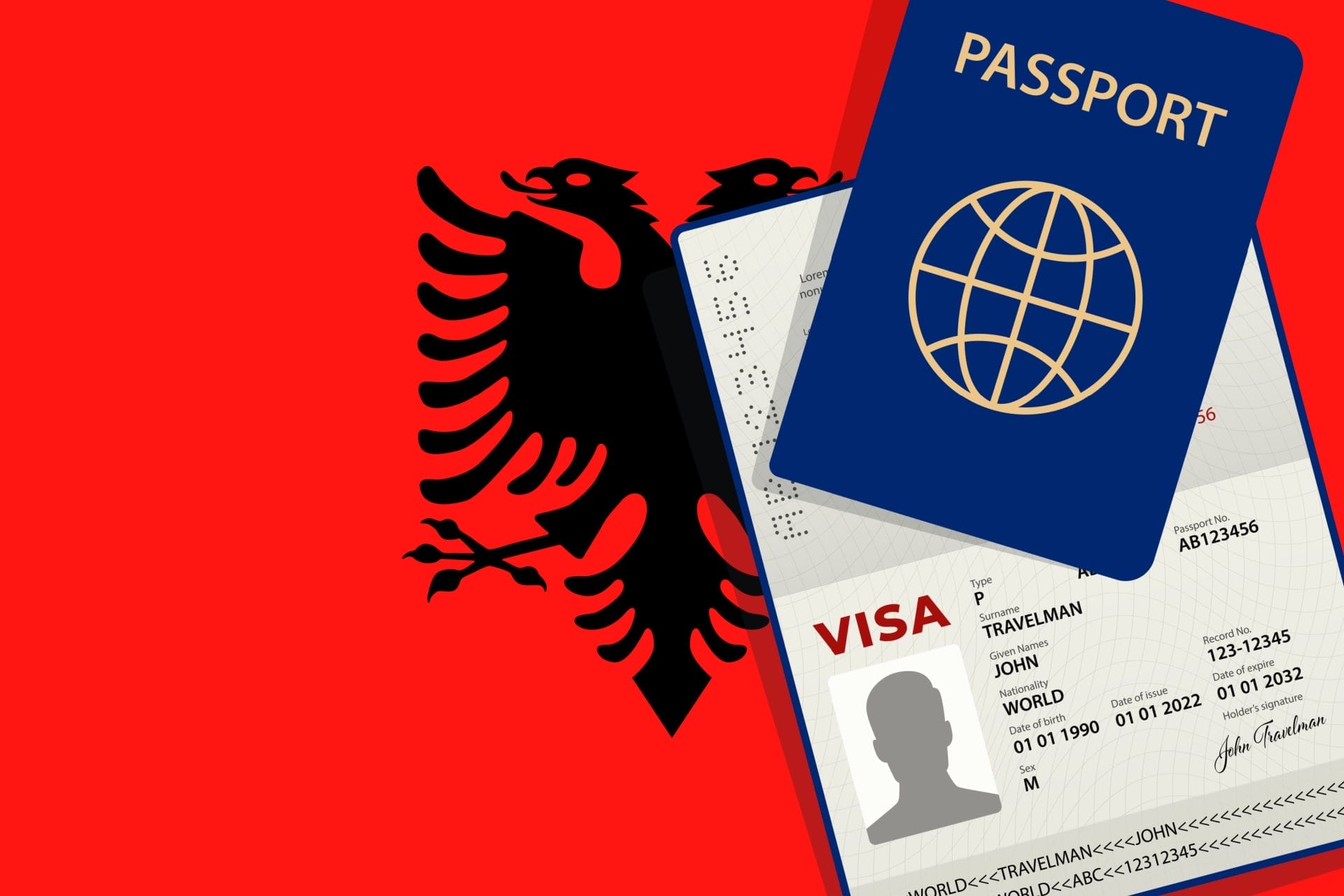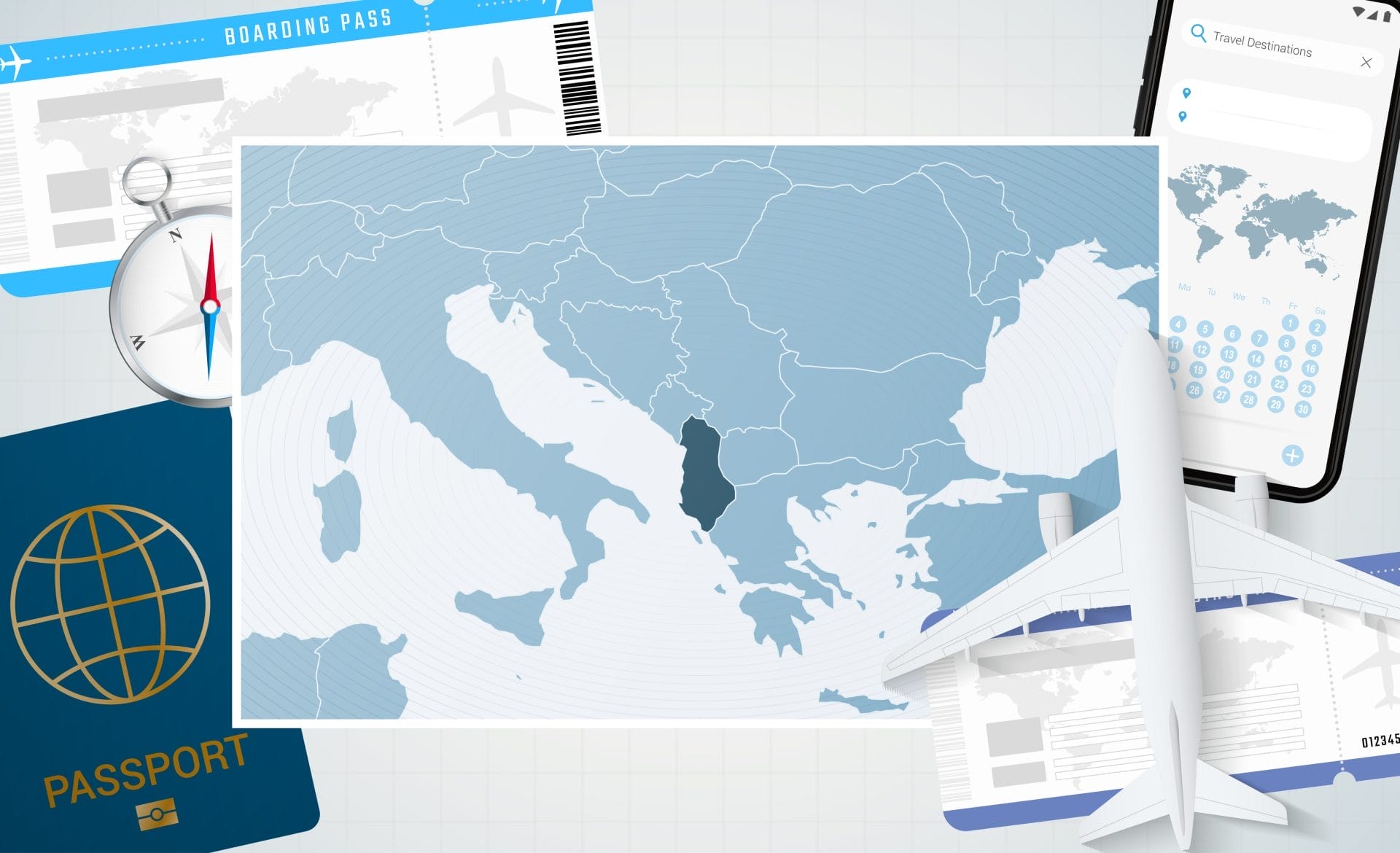
The Lost Civilization of the Illyrians
Among the many powerful civilizations emerging across the ancient Mediterranean world, from the grandeur of Rome to the fleets of Carthage, the kingdom of Illyria held sway over a broad swath of the Balkans for nearly a millennium.
Occupying much of the Adriatic coastline along the Ionian Sea, these tribal warlords and traders clashed with and assimilated influences from classical Greek city-states and the burgeoning Roman Republic over centuries of shifting dominance.
Yet, for all their iconic resistance against the era’s rising superpowers, the Illyrians and their long-reigning dominion faded from prominence and cultural memory. As successors like the Slavs and Bulgars swept the region, the kingdom dissolved into the mists of antiquity.
Only now, through determined archaeological exploration and reexamination of historical texts, are we beginning to properly rediscover and appreciate the lasting impacts of Illyrian society on European development. Their stubborn persistence against invaders, creative adaptations fostering expansive commerce, and rich intersections with neighboring cultures all reveal a people nearly lost to the ages.
Roots and Early Development
While the precise origins of the Illyrians remain debated among historians and archaeologists alike, a range of evidence points to their initial coalescence as a people sometime between the late Bronze Age and early Iron Age – approximately 1200 BCE to 800 BCE.
Leading theories suggest the Illyrians likely descended from early Indo-European tribes originating north of the Danube River Valley and then migrating south through the Balkan mountains towards more arable lowlands surrounding the Adriatic Sea. These pastoral warbands arriving from central Europe may have absorbed or conquered existing populations, coming to dominate prime coastal Mediterranean trade routes.
The Illyrians established control across lands corresponding to modern-day Albania, Montenegro, Bosnia, and western Macedonia. They organized their realm broadly across tribal territories and chieftaincies, with a decentralized structure that afforded local autonomy while stunting imperial growth.
Theorized predecessors of the Illyrians include the warlike Bronze Age Tumulus culture spanning the central Balkans, the so-called Proto-Illyrian Hallstatt era peoples named for the Austrian salt-mining town where key artifacts were unearthed, and even potential linguistic forerunners like the Liburnians inhabiting lands just north of Illyria proper along the Istrian peninsula.
Still, the multitude of these hypothesized origin groups hints at how fragmented records remain regarding prehistoric life in the Balkans before written histories. Interpreting the Illyrian genesis story thus demands to stitch together clues from material culture across excavation sites, cobbled ancient texts, relational geographic models, and modern linguistic tracing.
Hill fort settlement ruins found throughout Albania – like the early Iron Age outposts of Gajtan, Tren, and Rosuja – suggest initial Illyrian centers focused primarily on defensive functionality rather than economic development. However, the strategic locations allowed the accumulating tribes to consolidate power and extract premiums from passing merchant traffic by land and sea.
Several factors enabled Illyrian ascendance despite shadowy progenitors. Access to copper, iron, and silver deposits proved vital for armaments and trade instruments, allowing military consolidation and economic leverage. Forested highlands provided abundant lumber for Illyrian ship-crafting, facilitating piracy and port tributes. Proximity to major Aegean powers likewise presented opportunities for mercenary combat partnerships.
Society and Culture
As Illyrian territorial sway stabilized from the 7th to 3rd centuries BCE, more complex structures took form around an aristocracy centered on royal families and loyal mariners. While largely preserving autonomy for the many tribal subgroups, an ascending order coalesced.
Bronze and iron weaponry advancements and ship-building expertise enabled the projection of strength abroad. Illyrians plied the Mediterranean as skilled sailors and ruthless pirates feared by colonial Greek and Phoenician merchants. These seafaring warriors attacked coastal settlements across the Ionian Sea.
On land, Illyrian hill fortresses like those at Amantia, Dimale, and Byllis evolved into regional power hubs governing surrounds. Tribes like the Labeates and Ardiaei established dynastic lineages wielding authority through economic networks bound by loyalty. Their formidable stone walls and engineering works hinted at growing cultural sophistication by the 4th century BCE.
Thriving commerce fostered the rise of Illyrian cities, hybridizing various regional cultures. Local crafts like metalworking and pottery blended Hellenic, Italic, and Illyrian stylistic motifs as bustling ports linked trade inland. Complex mining for silver, copper, and iron emerged, feeding regional smelting and arms industries. An explosion of specialized agricultural, mining, and fishing guilds occurred in tandem as stratified classes arose.
Socioeconomics
A thriving merchant class arose in Illyrian port cities like Lissos (Lezhë), facilitating textiles and wine trading abroad. Complex mining operations extracted silver, copper, and iron, feeding weapon smithing while slaves dug mineral wealth. Guilds of skilled shipbuilders also enabled both fishing harvests and piracy pillaging.
Cultural Blending
Elite burials and surviving artifacts showcase active cultural blending – imported Greek pottery and jewelry, Dacian-style falx swords, Roman daggers, and armor. Counter-trends occurred, too, as native names and gods peppered colonial enclaves. Other Illyrians served Rome as allied forces, adopting Latin military tactics.
Threats and Rivals
Greeks planted colonies throughout former Illyrian coastal territories – like Epidamnos/Dyrrhachium (Durrës today) and Apollonia – some cooperating but many displacing locals. Macedon and Rome pressed northward from the Aegean, while the Dacians pushed south along the Danube. Internally, Illyrian instability brewed as dynastic feuds sparked civil wars, further exposing frontiers.
Encounters With Outside Civilizations
At their territorial peak around 230 BCE, the Illyrian realms stretched from the Adriatic eastern coast to inland lakes, loosely unified through an alliance system headed by Queen Teuta of the Ardiaei. Yet even the formidable navy and tribal warbands could only delay ambitious powers with professional standing armies and imperial bureaucratic infrastructure.
Defeats by Macedon and then Rome marked the end of Illyrian Balkan predominance. But their stubbornness won concessions as Latinization eventually eroded native identities – lighter tributes than other Roman provinces, municipal self-rule for compliant tribes even as their gods and names incrementally disappeared.
Archaeological Discoveries and Sites
Long obscured with classical ruins garnering more fame, concerted archaeological efforts across the Balkans now uncover lost Illyrian settlements, structures, and relics. These discoveries grant remarkable insight into daily realities, belief systems, and achievements from their cultural apex.
Excavated tombs contain fine imported wares and metal weaponry alongside more mundane iron farm tools or spinning implements, hinting at warfare and agriculture. Sophisticated tunnels and hydraulics underscore mining operations, while fortresses, harbors, and necropolises dot strategic trade corridors. Diverse sanctuaries and temples exhibit shifting spiritual syntheses, too.
Legacy and Descendants
While the Illyrian tongue faded under Roman rule, speculation persists that rare Albanian dialects preserving pre-Roman vocabulary and structure may have slowly evolved from Illyrian vernacular strains that retreated inland. This linguistic hypothesis parallels certain cultural traditions and bloodline DNA potentially enduring turbulence in the mountainous Balkan interior.
Shared clan structure, patriarchy, musical motifs, and weapon ornamentation suggest the Illyrians may have contributed key strands woven into a unique Albanian identity re-emerging later under Ottoman rule. Patterns in genetic markers also hint at faint echoes of this ancestry still resonating today.
Legends and Folklore
Albanians share several foundation folk tales similar to Illyrian myths cited by ancient Greek historians – especially focus on snakes as harbingers of family fate, or winged spirits called Zana hinting at pre-Roman pantheons now obscured. Modern names in Albania, such as Ilir, hint at Illyrian ancestry. Certain musical styles and melodic progressions also echo between Albanian highland oral traditions and fragments of Illyrian epics.
Genetics
Y-DNA evidence links a significant portion of Albanian male lineage to descendants of Bronze Age Balkan tribes preceding later turmoil. Given the Illyrian domains across those same lands, their genetic legacy may persist through the isolation shielding purity elsewhere erased. Shared physiology and stature additionally suggest subtle biological bonds remain.
Rediscovering A Lost Civilization
The Illyrians deserve recognition not merely for battlefield glories or cultural quirks but also because they represent the complex weave of early European emergence. Therein lies their redemption – appreciating the diverse threads they wove through the rich tapestry we inherit today. As archaeology and genealogy exhume this missing ancestor of European societies, their multifaceted influence regains clarity, compelling us to properly recover a people and spirit nearly lost to the ages.

